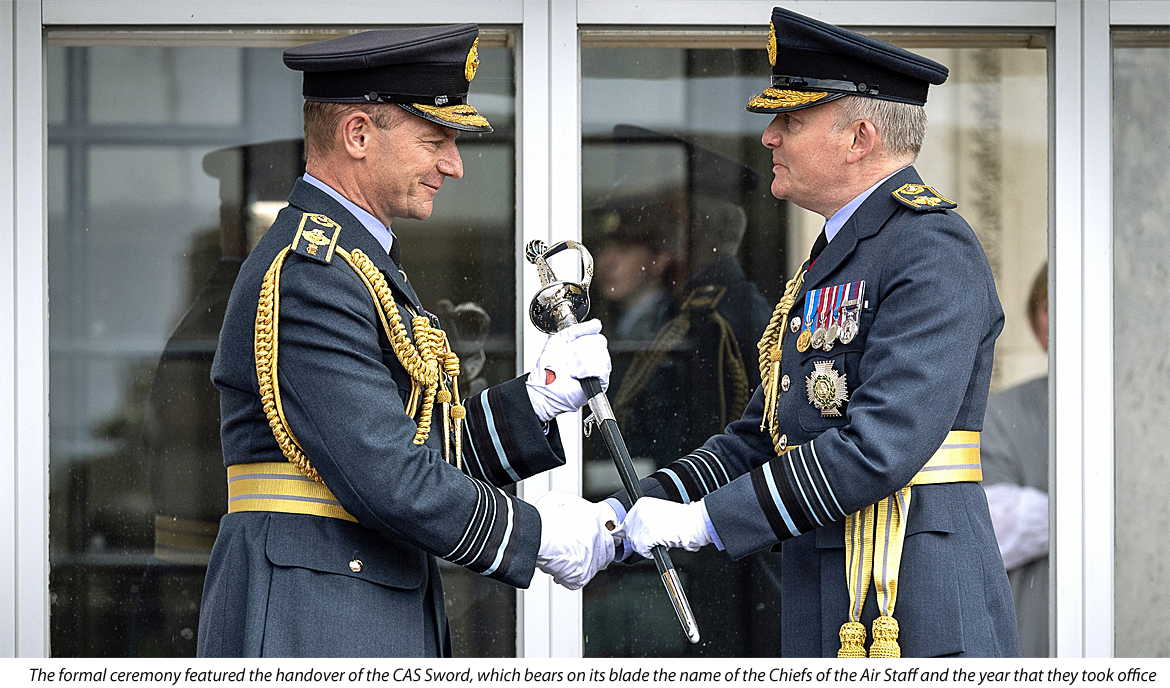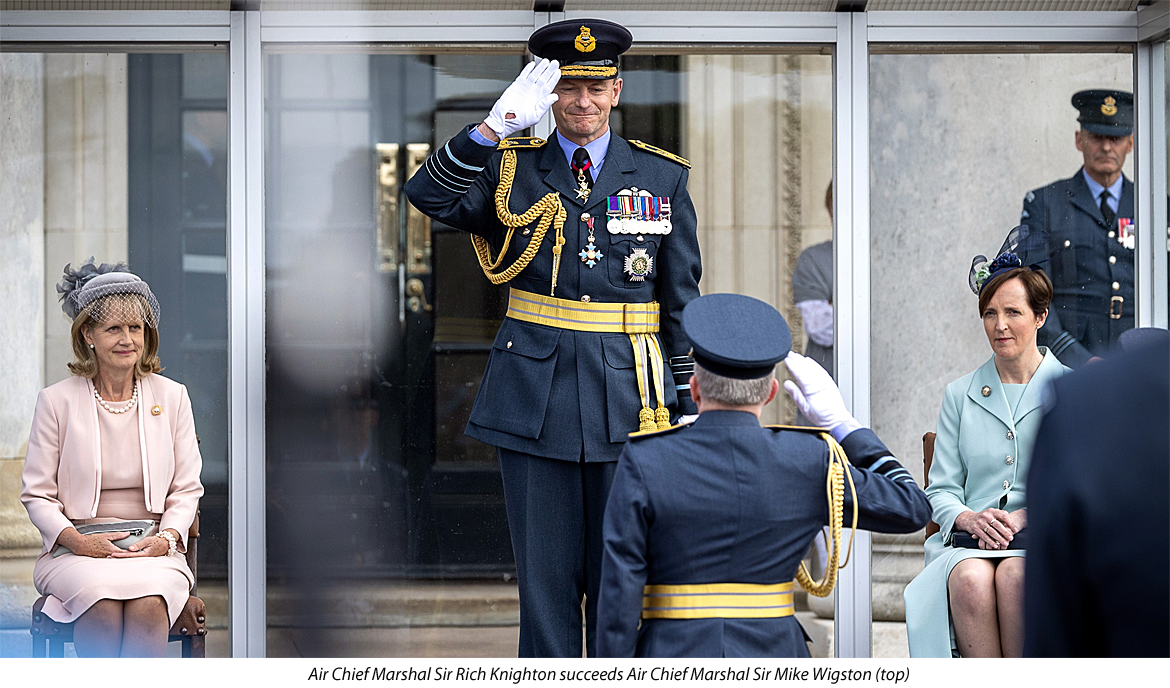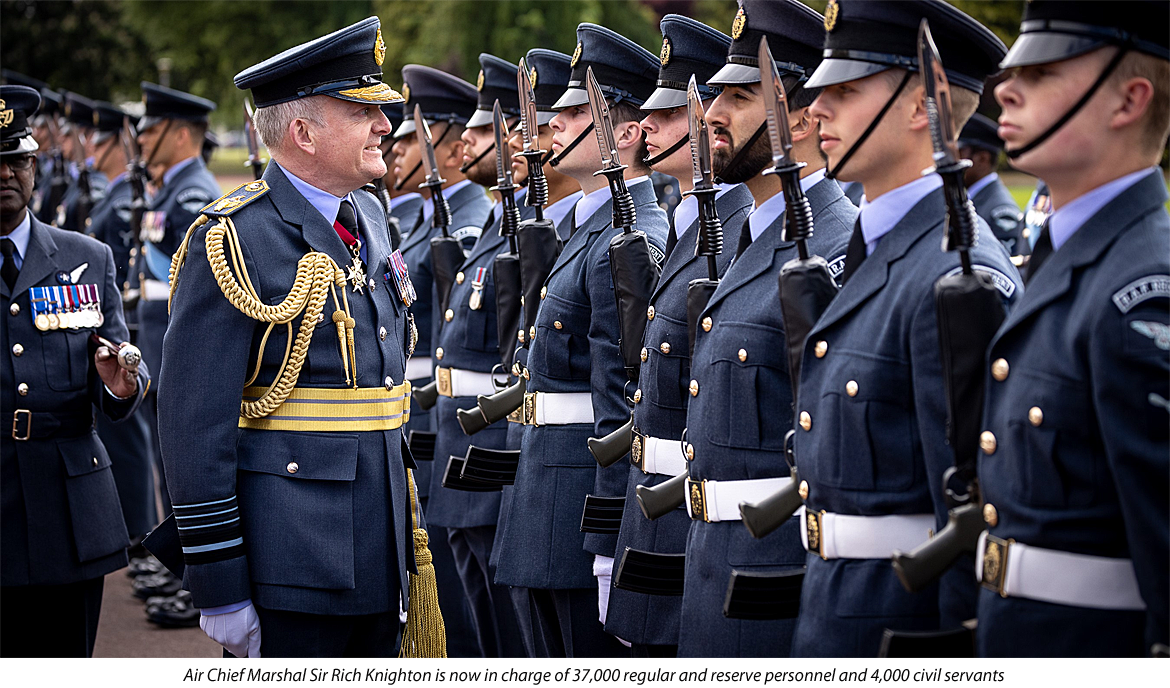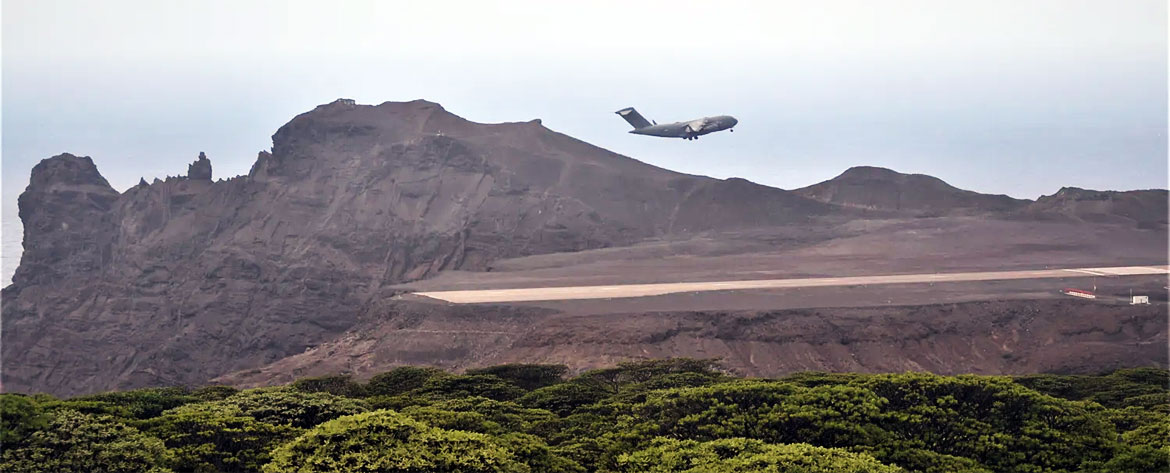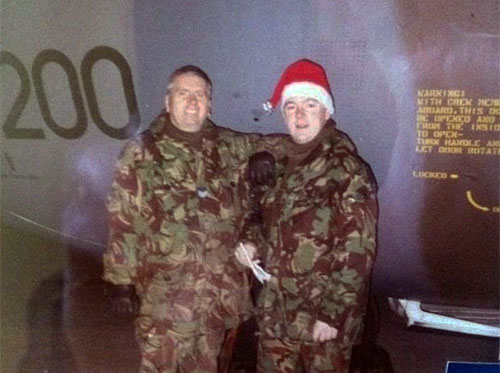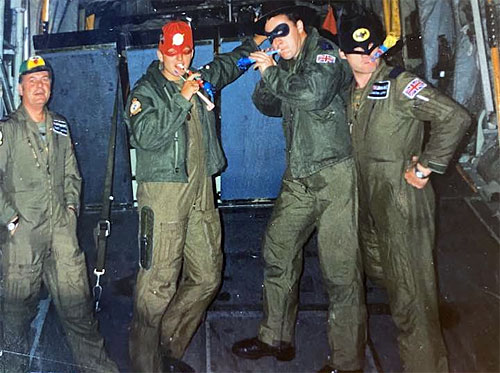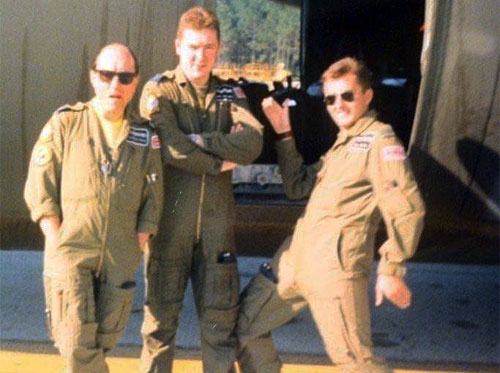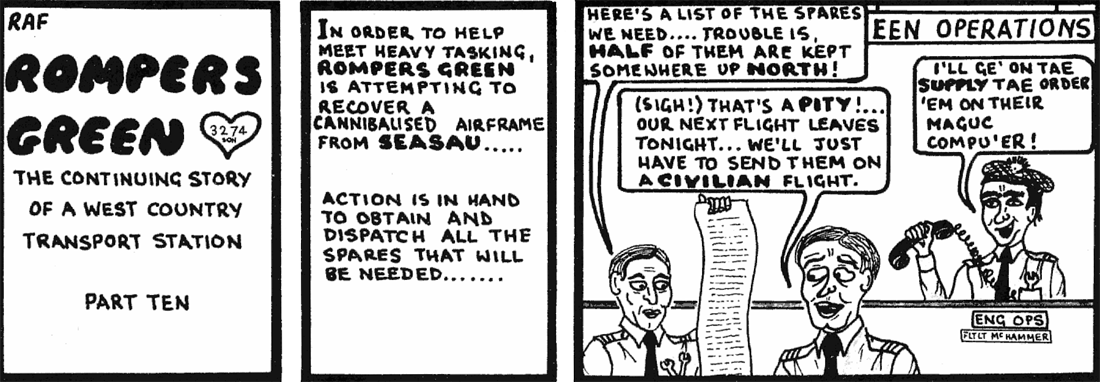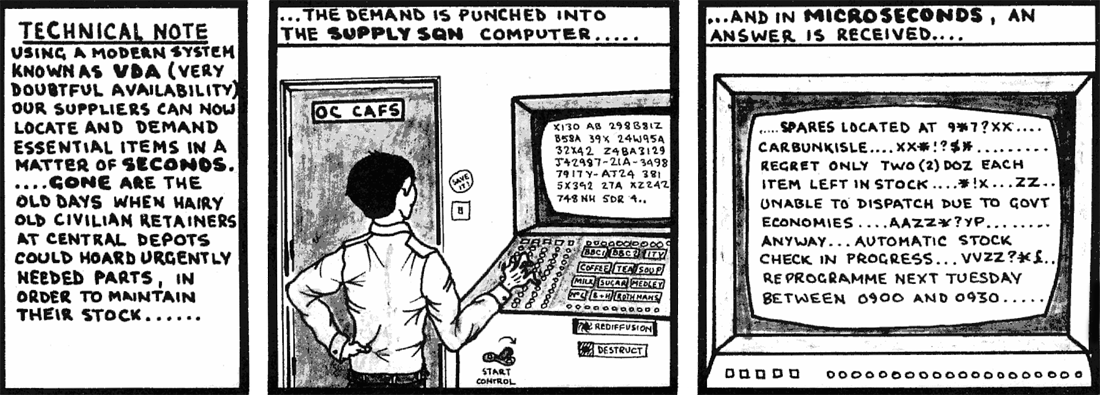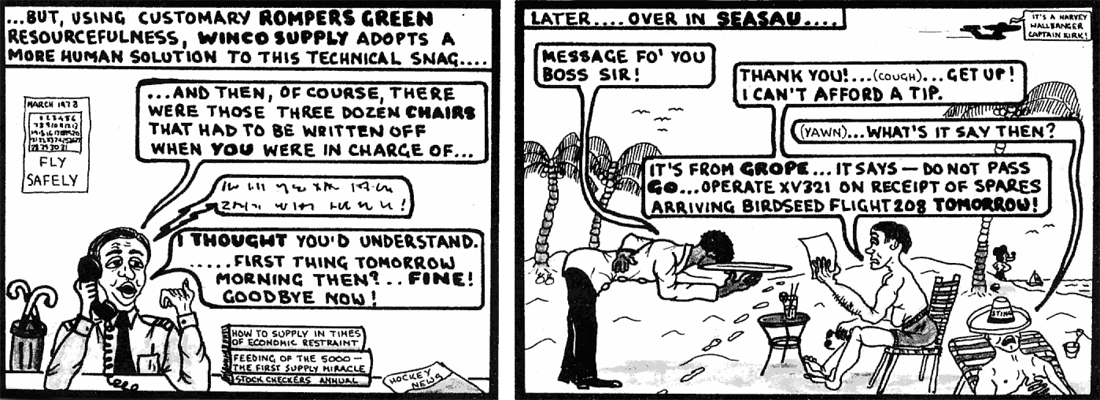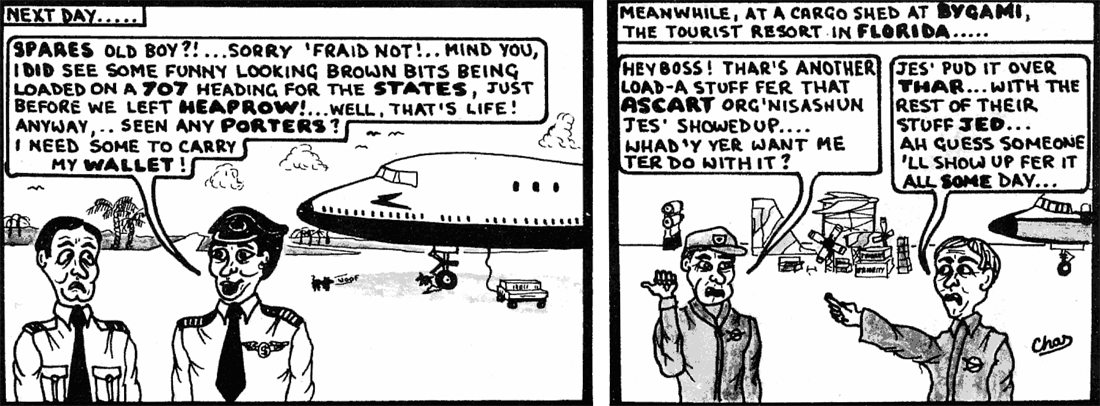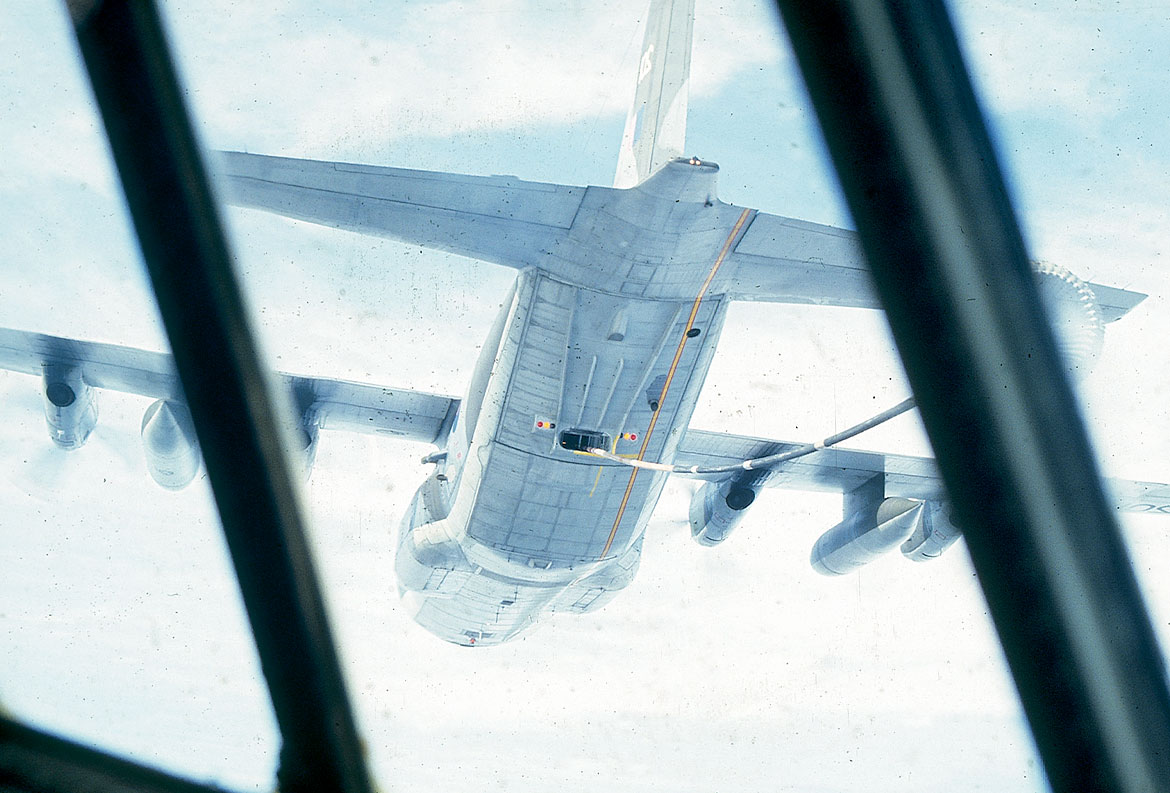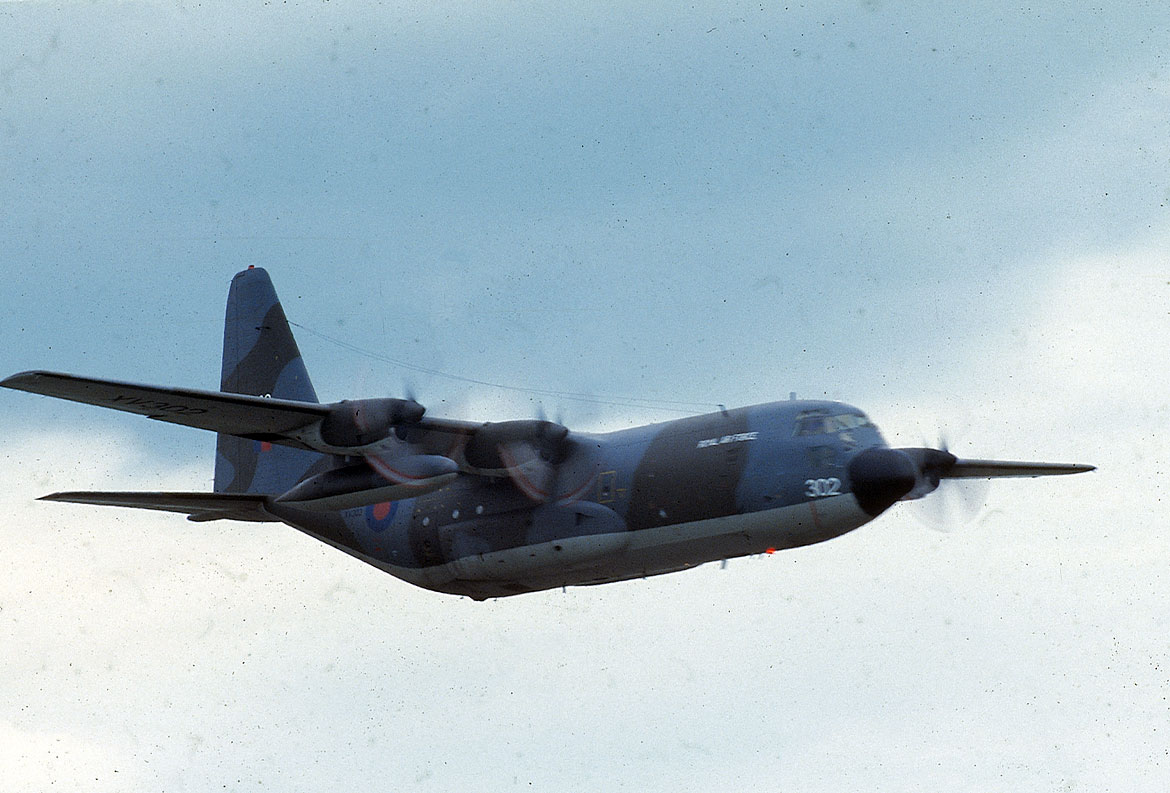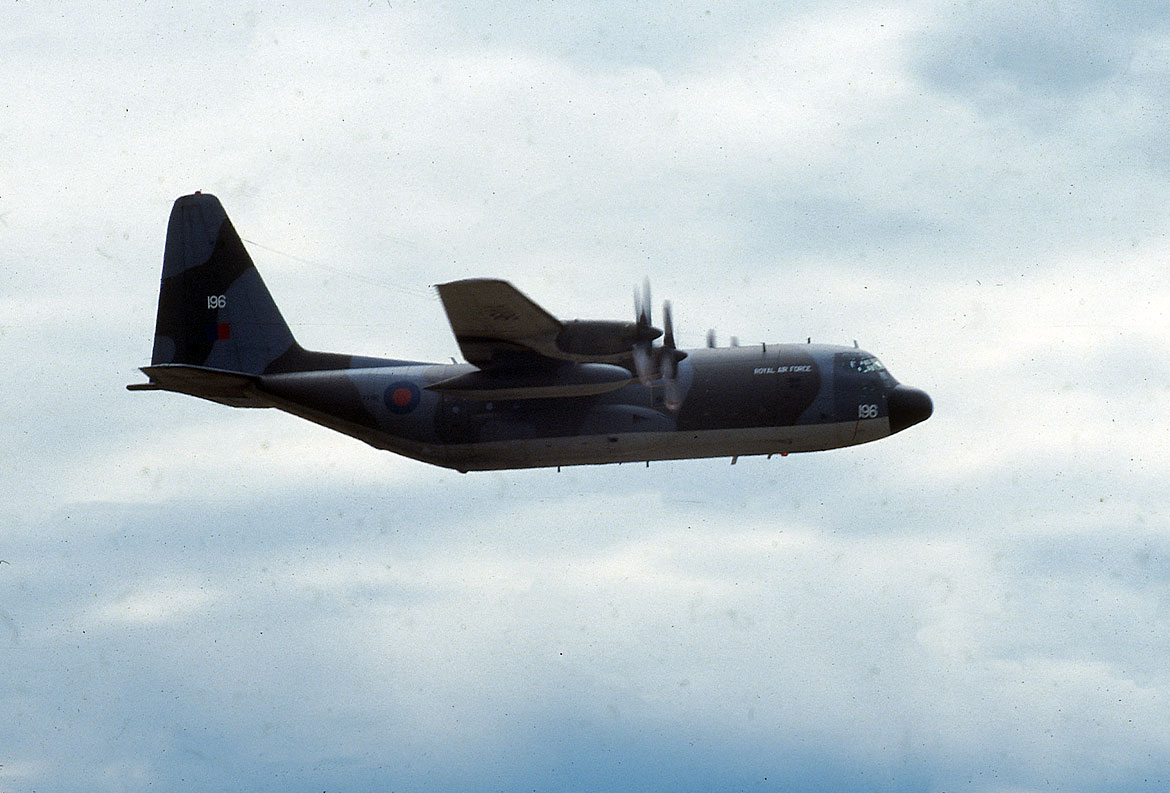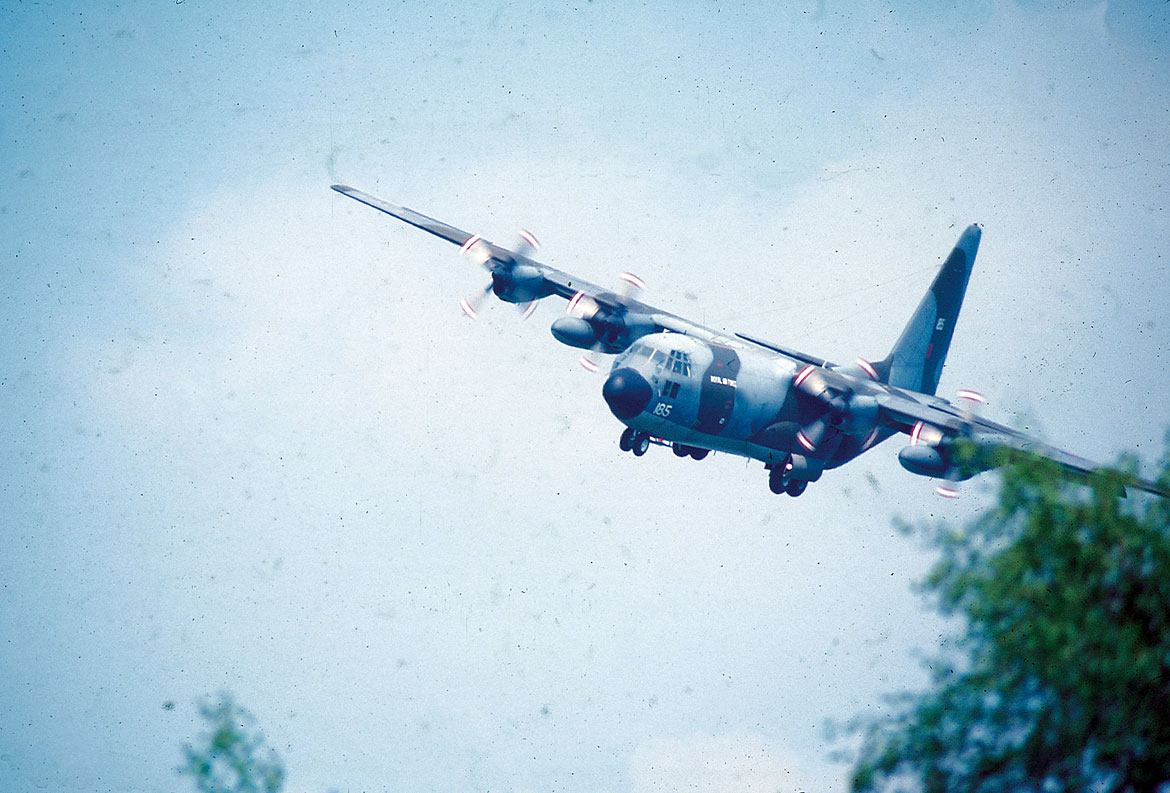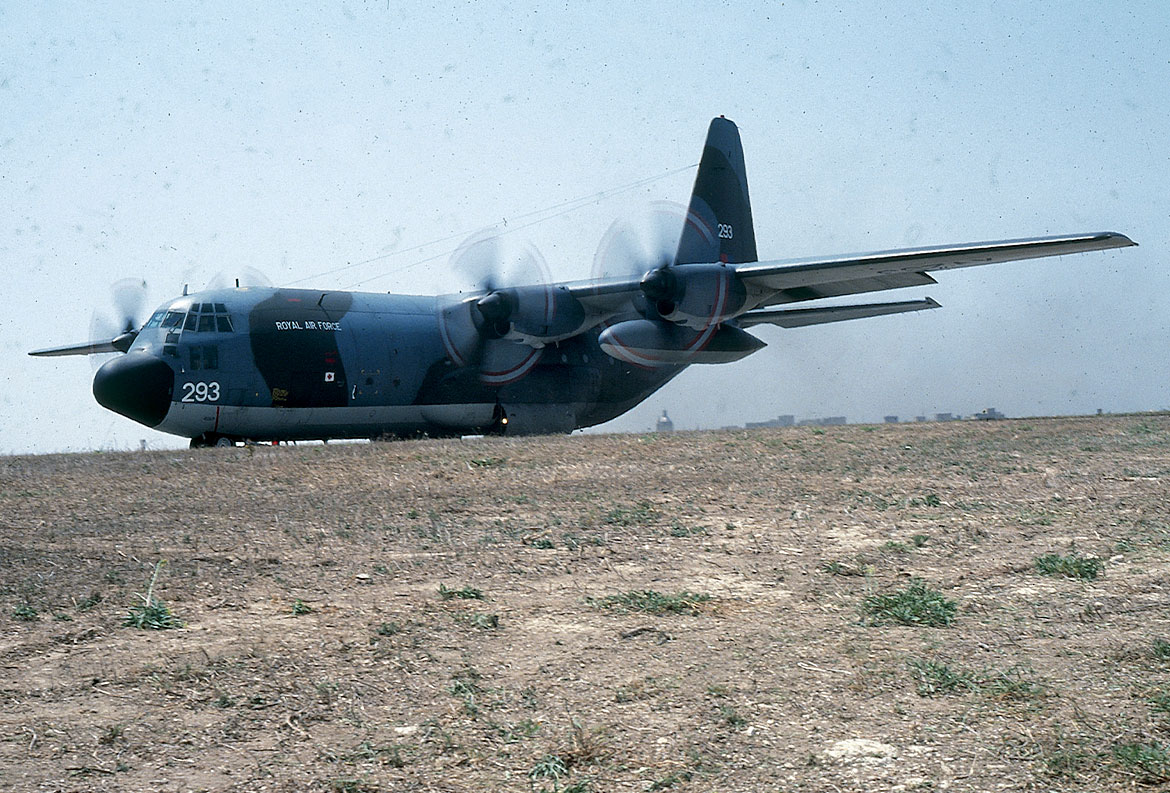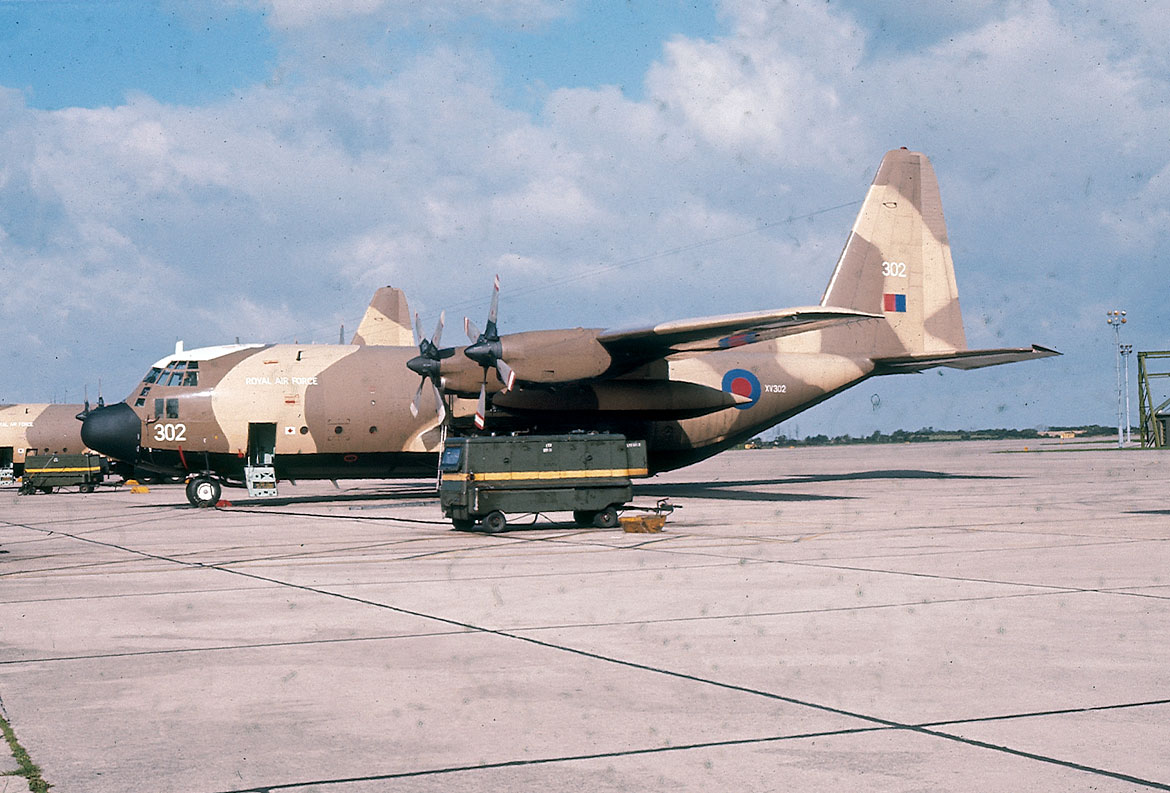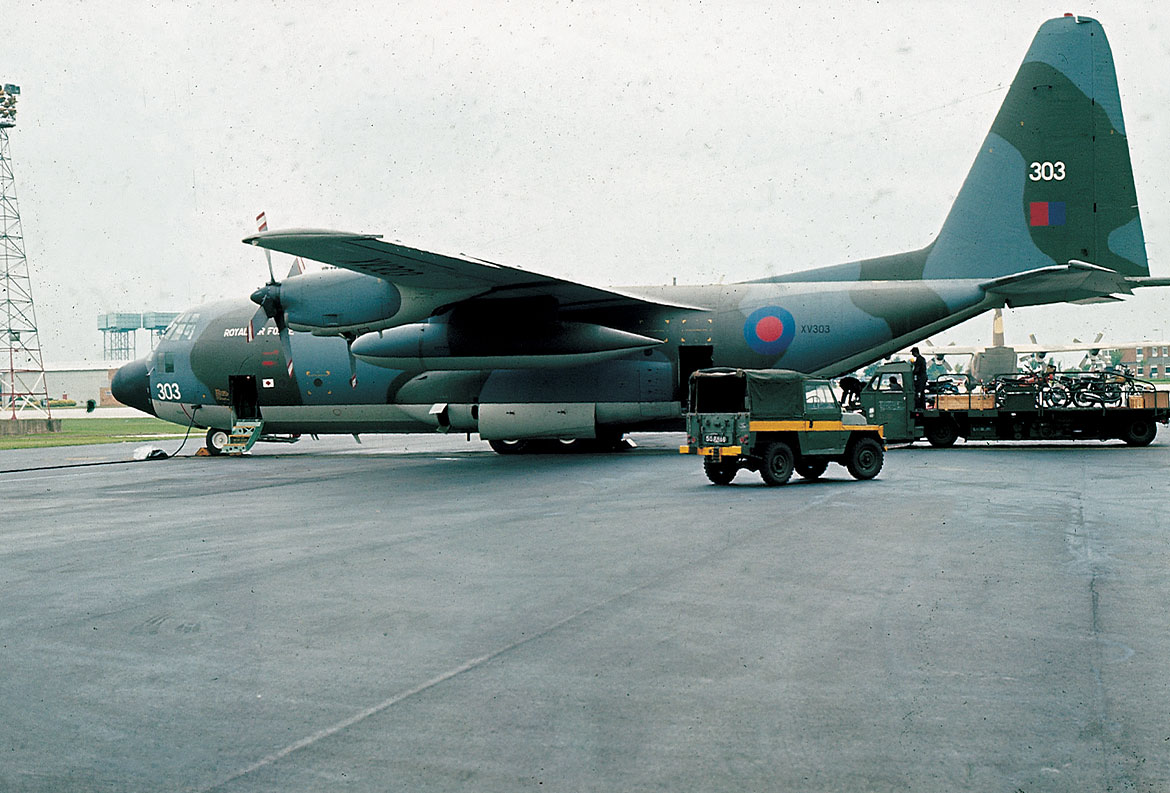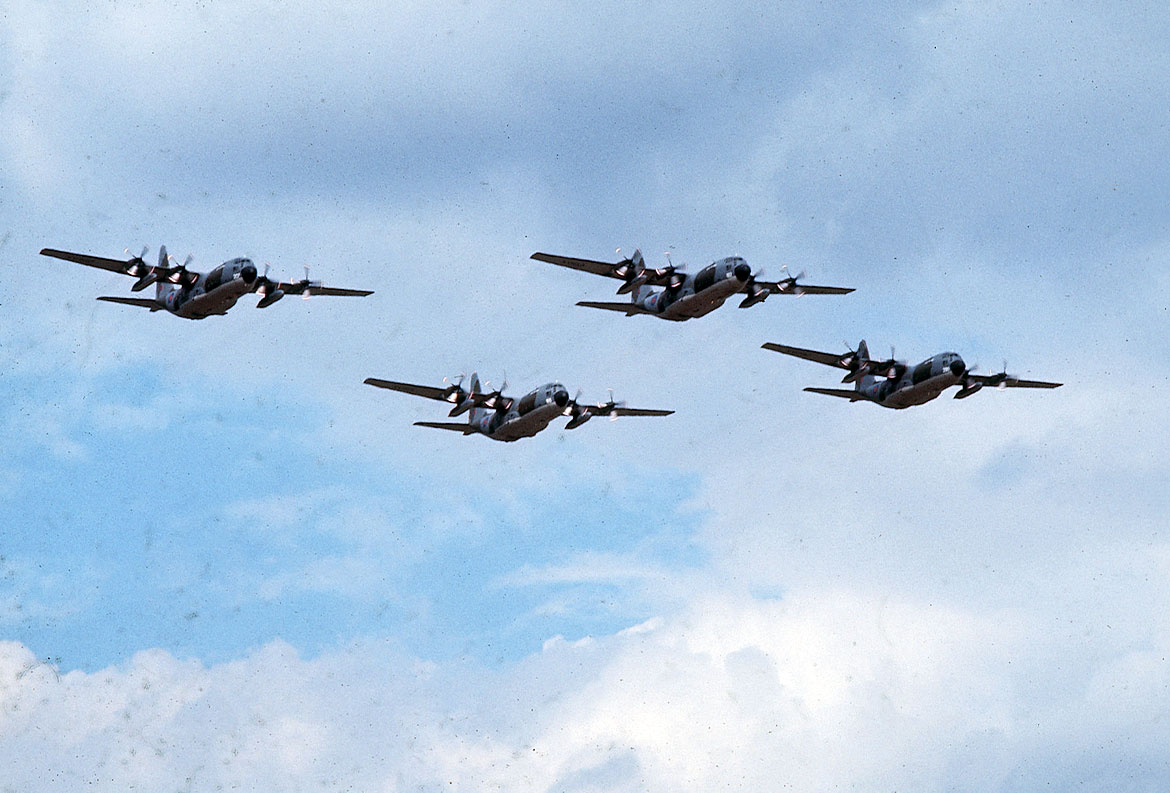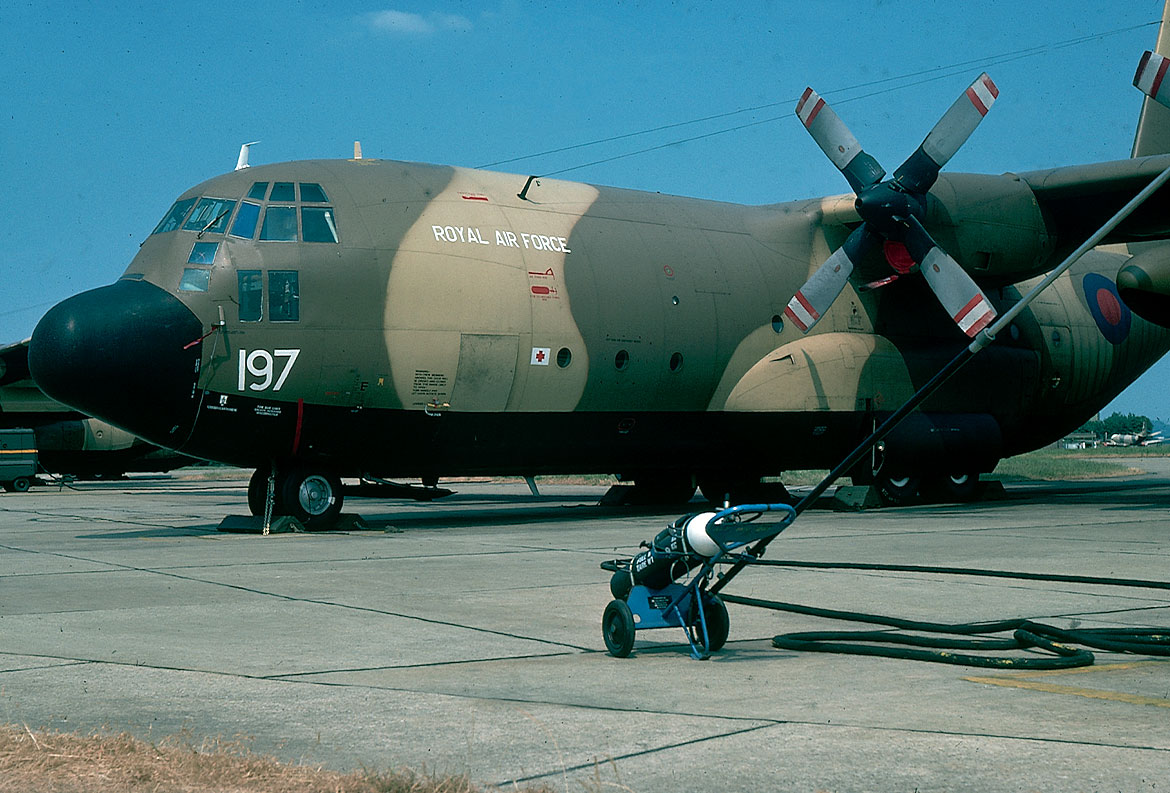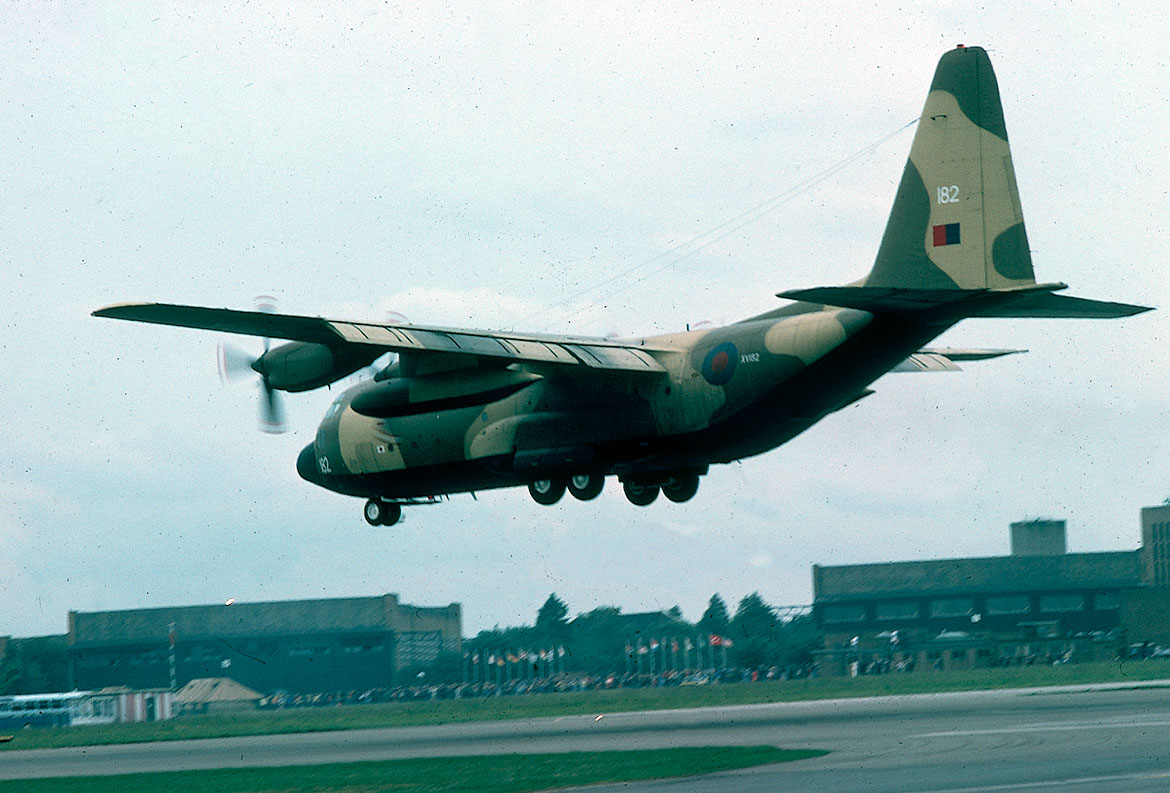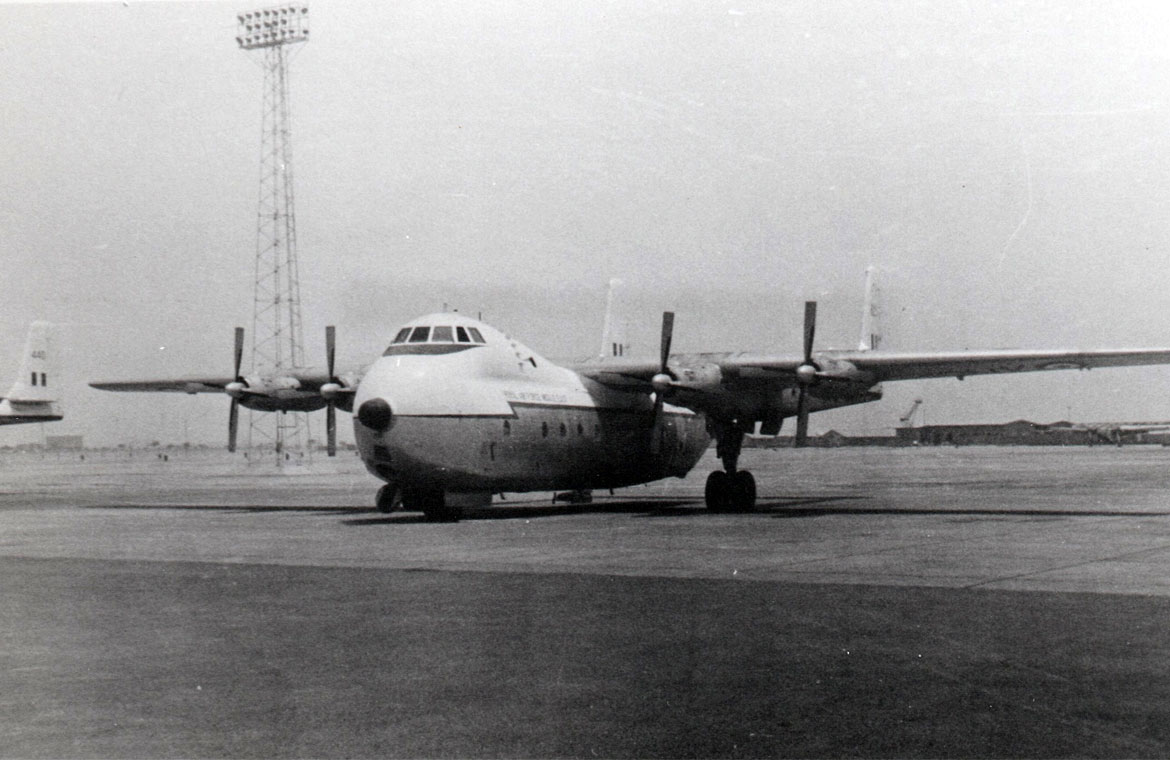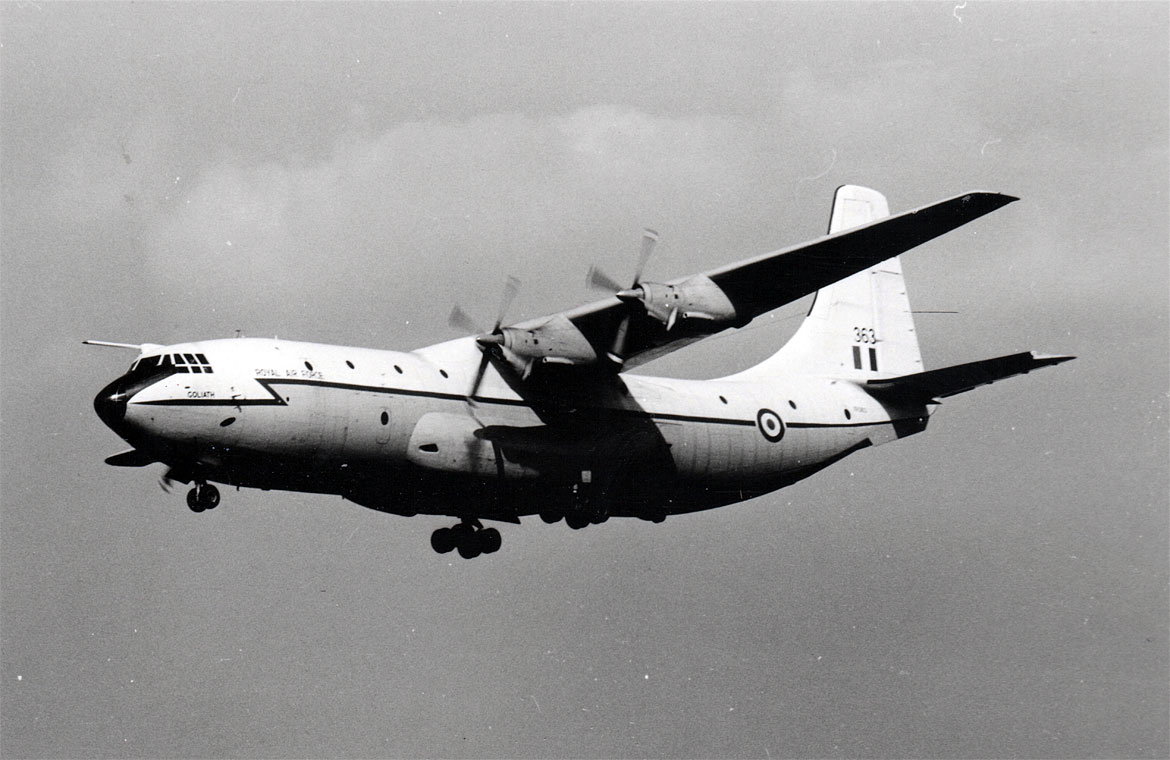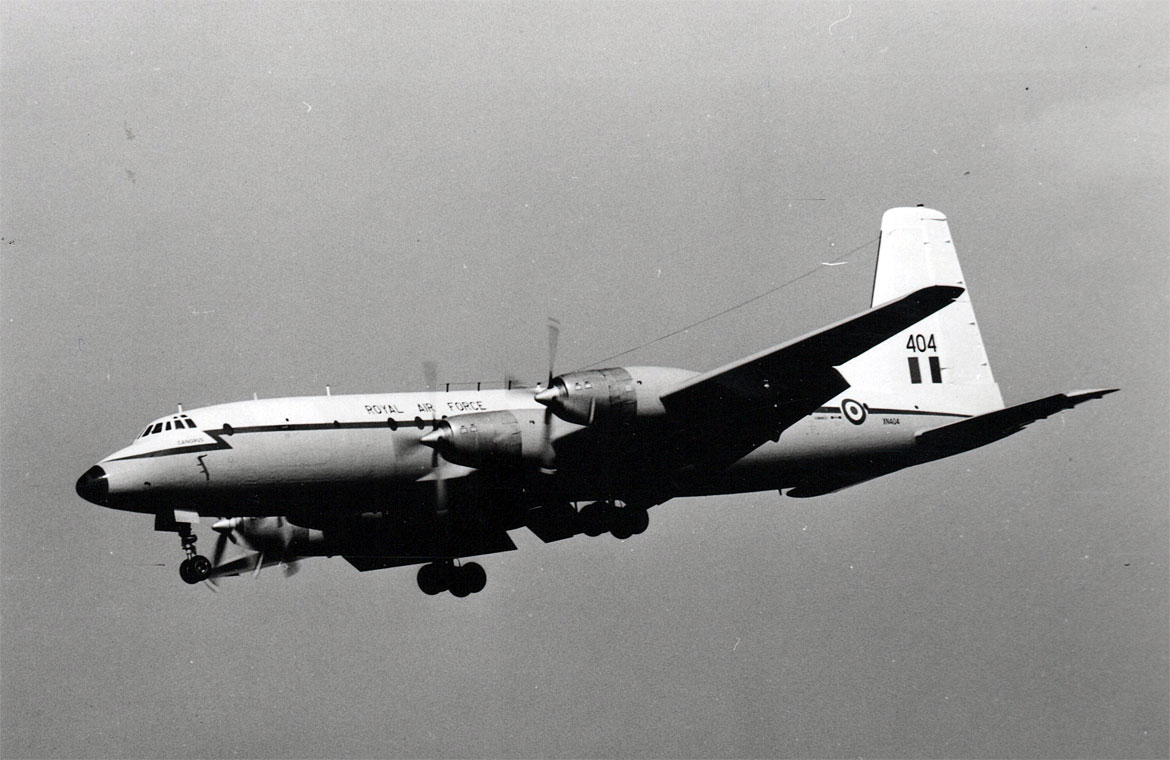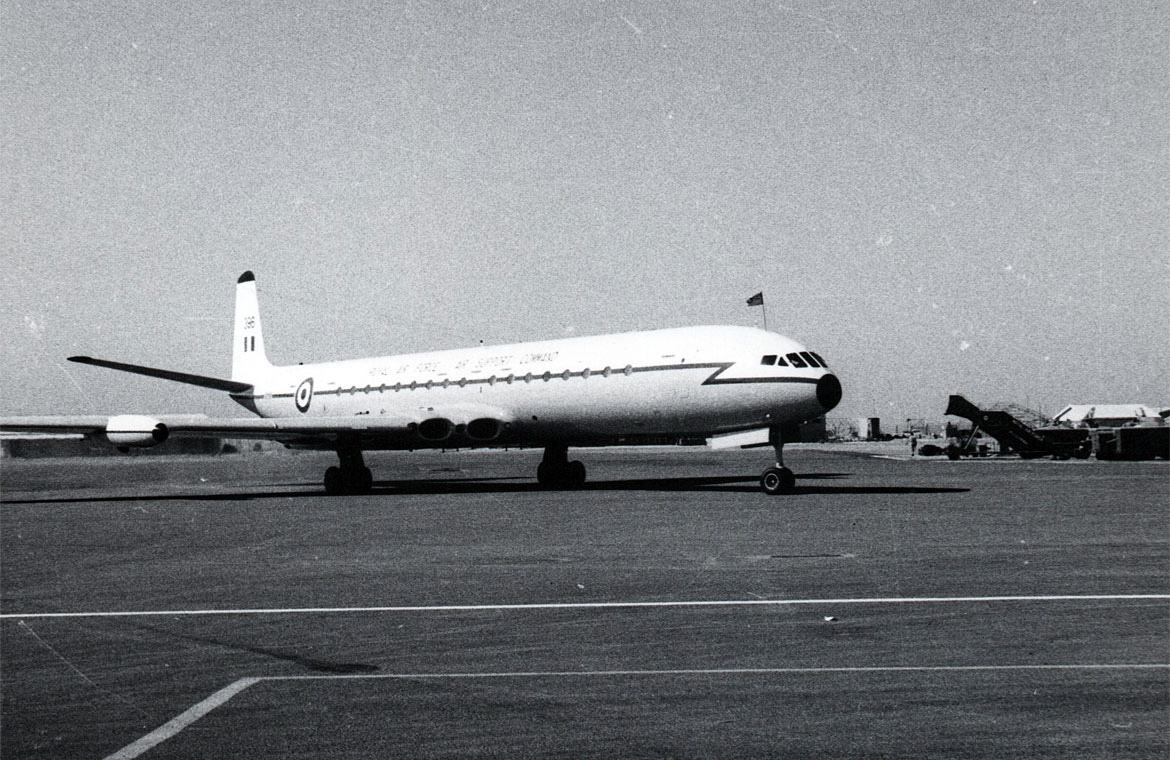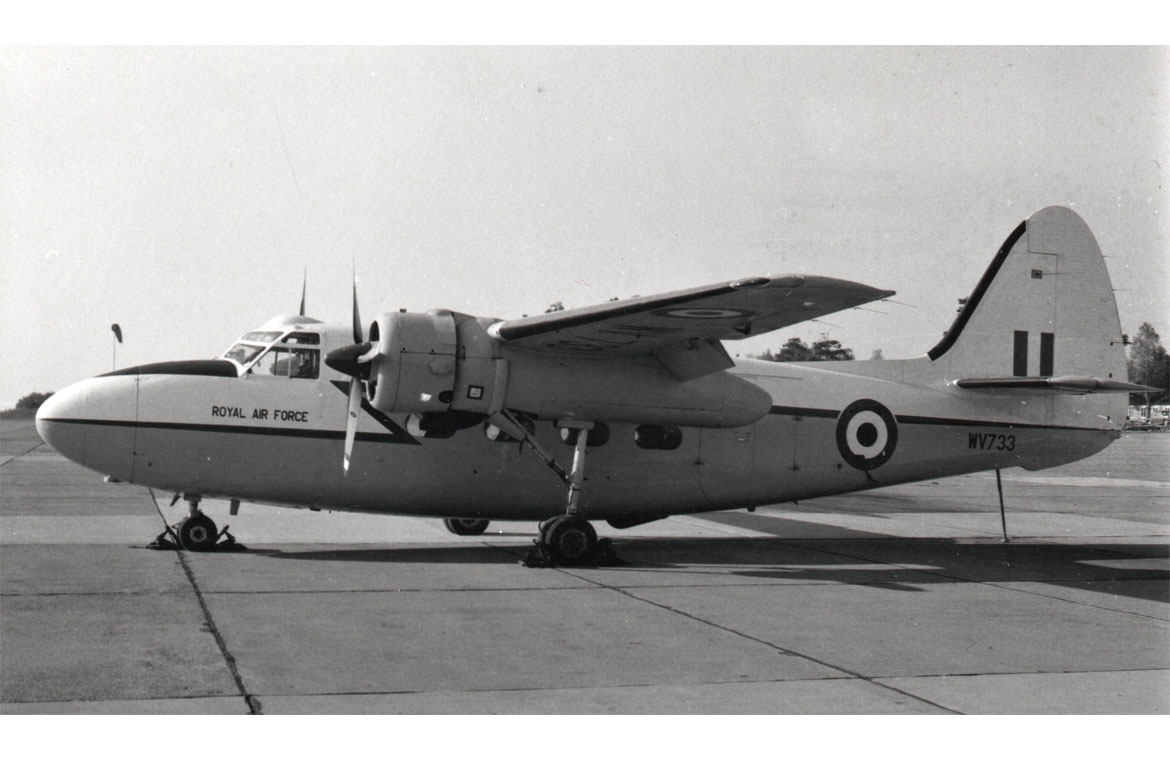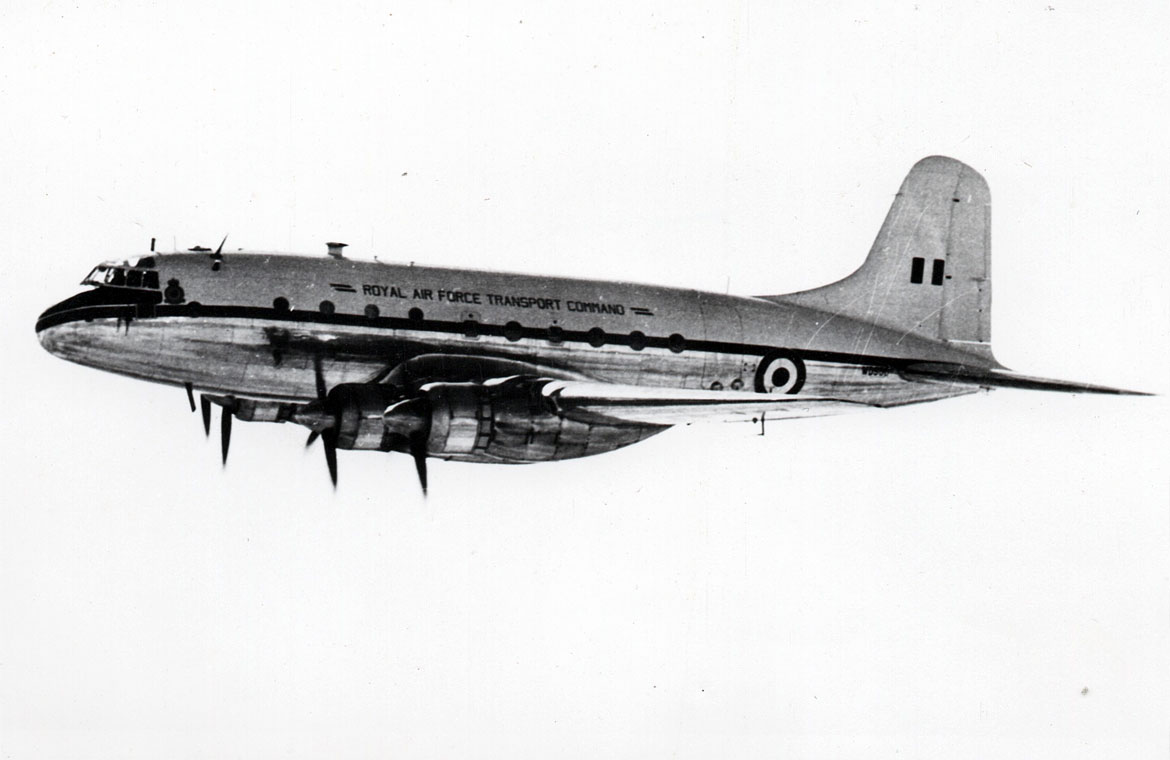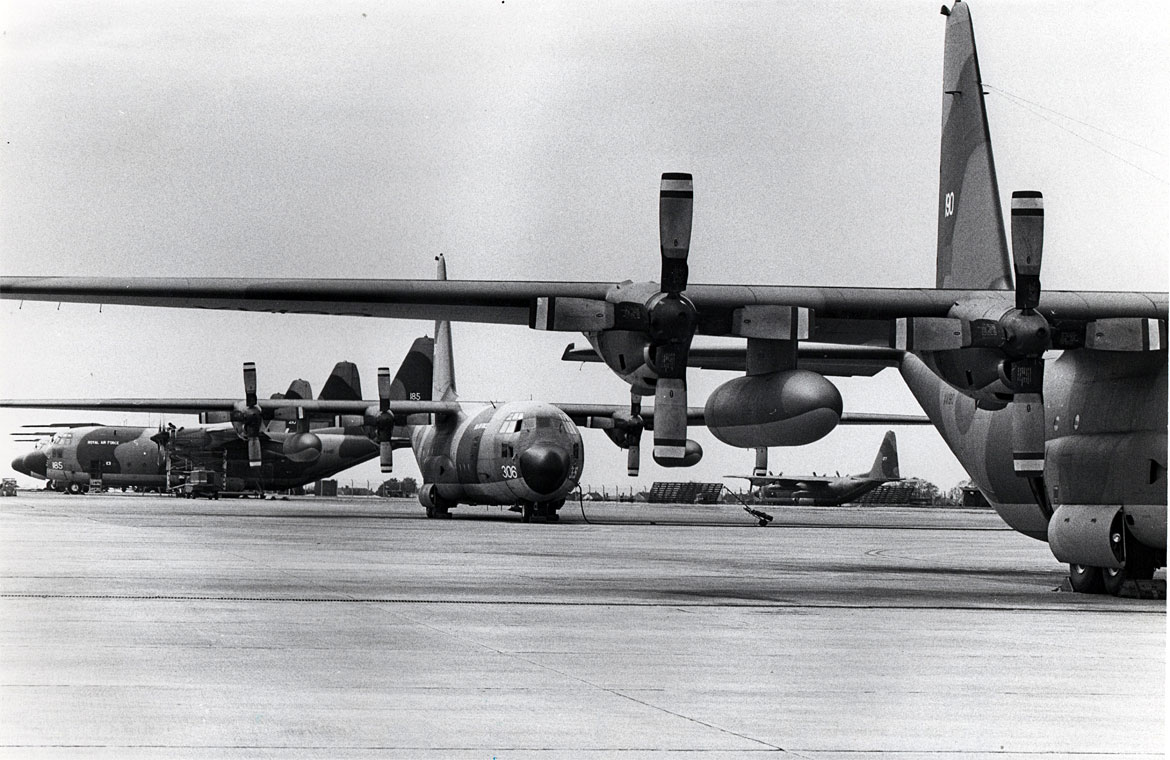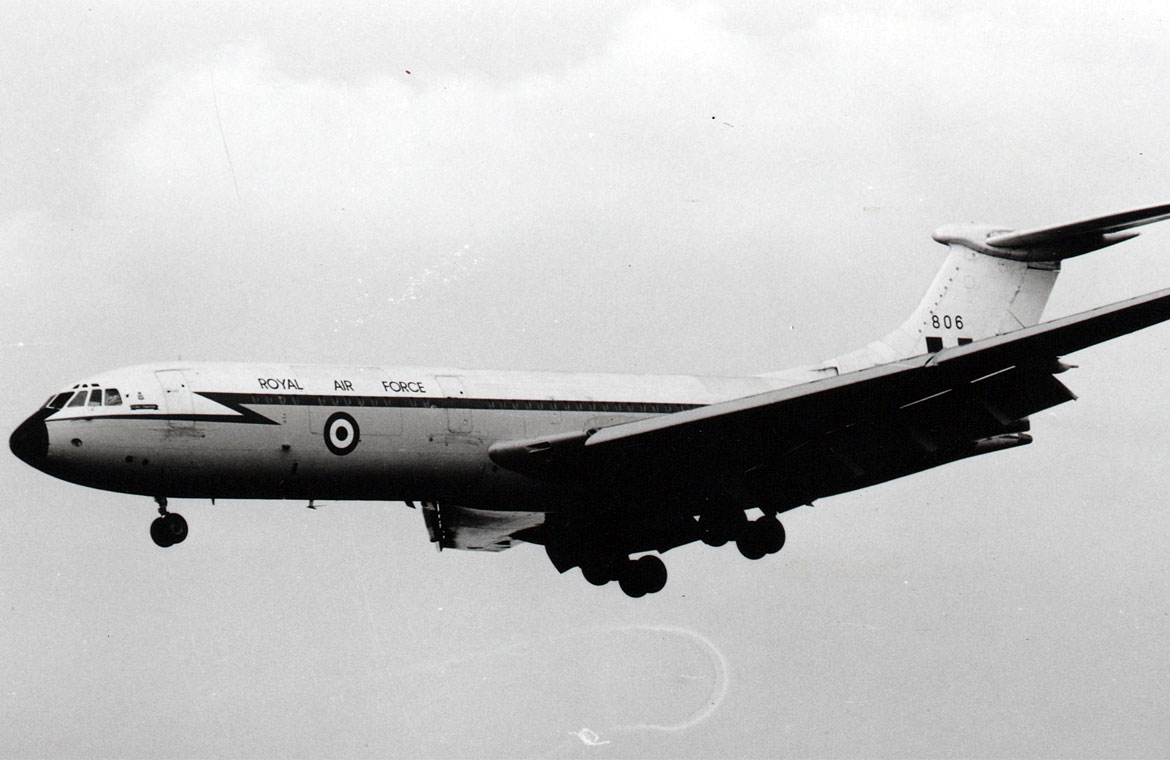


RAF A400M Atlas takes lead on air mobility operations after C-130 is retired
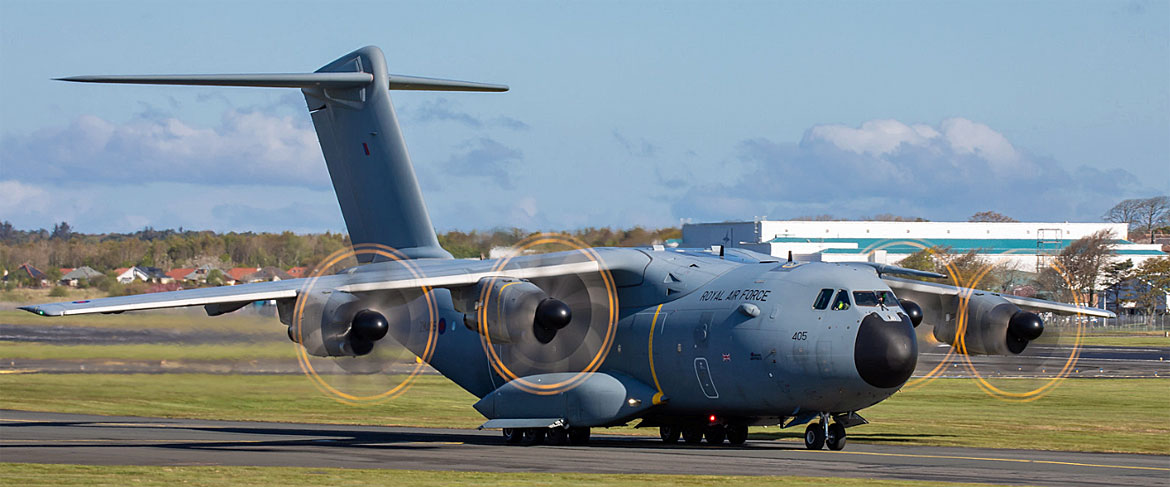
The Airbus A400M Atlas has taken over the lead of the RAF's tactical airlift of troops and equipment following the decommissioning of the Hercules C-130. Last month, the 22nd Atlas aircraft, procured by the Ministry of Defence's (MOD) Defence Equipment & Support (DE&S) on behalf of the RAF, touched down at RAF Brize Norton, completing the total number of transport aircraft ordered.
The A400 has already played a key role in recent RAF operations, including Operation Pitting, the Kabul evacuation in 2021 and Operation Polar Bear, the Non-combatant Evacuation Operation (NEO) in Sudan. Providing much of the heavy lifting, the A400 contributed to the evacuation of more than 2,000 people in the war-ravaged country. The aircraft's short take-off and landing capability meant it was the RAF's choice for this type of operation.
RAF Loadmaster Jim Rothwell, 49, who has served for 24 years and took part in the evacuation flights, said: "The A400 has been really good, it's being constantly used. "We're going backwards and forwards, repeatedly every day and it's certainly proven itself on this operation." He went on to say: "It's an asset to the Air Mobility Force. Non-combatant evacuation operations don't last very long but all the team pulls together to get the job done." He added: "It's given the newer crew members operational experience."
Wg Cdr Richard Fawkes, Commanding Officer of 903 Expeditionary Air Wing, the unit responsible for conducting air operations against so-called Islamic State in Iraq and Syria said: "The A400 is simply a phenomenal aircraft. It brings an enormous technological advantage and will become a highly superior air mobility platform."
forces.net
The A400 has already played a key role in recent RAF operations, including Operation Pitting, the Kabul evacuation in 2021 and Operation Polar Bear, the Non-combatant Evacuation Operation (NEO) in Sudan. Providing much of the heavy lifting, the A400 contributed to the evacuation of more than 2,000 people in the war-ravaged country. The aircraft's short take-off and landing capability meant it was the RAF's choice for this type of operation.
RAF Loadmaster Jim Rothwell, 49, who has served for 24 years and took part in the evacuation flights, said: "The A400 has been really good, it's being constantly used. "We're going backwards and forwards, repeatedly every day and it's certainly proven itself on this operation." He went on to say: "It's an asset to the Air Mobility Force. Non-combatant evacuation operations don't last very long but all the team pulls together to get the job done." He added: "It's given the newer crew members operational experience."
Wg Cdr Richard Fawkes, Commanding Officer of 903 Expeditionary Air Wing, the unit responsible for conducting air operations against so-called Islamic State in Iraq and Syria said: "The A400 is simply a phenomenal aircraft. It brings an enormous technological advantage and will become a highly superior air mobility platform."
forces.net

From: Mark Holland, Hodnet, Market Drayton, Salop
Subject: Memories of the C-130 Hercules
Hi Tony,
Wow! How would you have one memory of the Herc? It's probably a book for each of us, so I am not going to try just a conversation between the two of us as to the sadness of this iconic machine leaving service far too early.
That said, today in true Mover style, I was in a pub where I was accosted by an ex-marine. He was convinced I was ex-service (how does that work? I'll never know!). Anyway, I explained I wasn't ex-service but ex-Air Force. He immediately told me of his experience with Movers and Hercs, to which the surrounding gathering of people I was with looked at me and said, "Wow, you really did have a life!"
Kind regards,
Mark
Subject: Memories of the C-130 Hercules
Hi Tony,
Wow! How would you have one memory of the Herc? It's probably a book for each of us, so I am not going to try just a conversation between the two of us as to the sadness of this iconic machine leaving service far too early.
That said, today in true Mover style, I was in a pub where I was accosted by an ex-marine. He was convinced I was ex-service (how does that work? I'll never know!). Anyway, I explained I wasn't ex-service but ex-Air Force. He immediately told me of his experience with Movers and Hercs, to which the surrounding gathering of people I was with looked at me and said, "Wow, you really did have a life!"
Kind regards,
Mark


From: Richard Lloyd, Dunfermline, Fife
Subject: Memories of the C-130 Hercules and me
Hi Tony,
In 1967 I was a Traffic Officer on the Movements Squadron at RAF Khormaksar in Aden. Sqn Ldr EG (Nobby Clark) grabbed me one day and asked if I'd like to be seconded to him for the final weeks before we went home. You didn't say 'no' to Nobby and stay alive, so I agreed.
We commandeered an office, and three walls out of four were covered with Perspex. Armed with the world's supply of chinagraph pencils, we proceeded to chart the exodus from Aden. Starting with, I think, 6,000 personnel and maybe 500,000 lbs of freight, we daily charted the reducing numbers, as Hercules after Hercules after Belfast was loaded up and dispatched. I also left on a C130 for RAF Muharraq 4 hours before the last MAMS team on the 29th November. Jock Drysdale (late and greatly lamented) claimed to be the last RAF foot on Aden that day. Jock and I and a couple of others had shared a former OMQ when the families went home in June.
Fast forward a few years to when I was OCSCAF at RAF Gütersloh. On Thursday 27th July 1972, I had spent the day doing exciting SCAF things - signing hundreds of vouchers, visiting friends in 19 Sqn next door, getting ready for month-end accounting finalisation, wondering why I couldn't reconcile the stockholding of aerial photographic paper with our numbers; already the day had been gripping.
My boss, Sqn Ldr Jim Shearer, called me in. "We're going to reinforce Northern Ireland" he said, "It's called Operation Motorman. You and I are seconded to movements until it's over, and I'm flying to UK in a Lightning T4 to get briefed."
"No time for a post-work beer then?" I jested. I called home & explained I might be delayed for a bit, then reported to Sqn Ldr ‘Tov‘ Tovell, Gütersloh SAMO.
From then until Sunday lunchtime, I have no accurate recall of what happened hour by hour, only that throughout the next 60 hours, we handled a huge number of C130s, loading them with troops and palletised baggage with their engines still running. We snatched a little sleep. I got home to bed on Sunday at 1400 and slept for 22 hours.
Real operations, real work, great memories!
Kind regards,
Richard
Subject: Memories of the C-130 Hercules and me
Hi Tony,
In 1967 I was a Traffic Officer on the Movements Squadron at RAF Khormaksar in Aden. Sqn Ldr EG (Nobby Clark) grabbed me one day and asked if I'd like to be seconded to him for the final weeks before we went home. You didn't say 'no' to Nobby and stay alive, so I agreed.
We commandeered an office, and three walls out of four were covered with Perspex. Armed with the world's supply of chinagraph pencils, we proceeded to chart the exodus from Aden. Starting with, I think, 6,000 personnel and maybe 500,000 lbs of freight, we daily charted the reducing numbers, as Hercules after Hercules after Belfast was loaded up and dispatched. I also left on a C130 for RAF Muharraq 4 hours before the last MAMS team on the 29th November. Jock Drysdale (late and greatly lamented) claimed to be the last RAF foot on Aden that day. Jock and I and a couple of others had shared a former OMQ when the families went home in June.
Fast forward a few years to when I was OCSCAF at RAF Gütersloh. On Thursday 27th July 1972, I had spent the day doing exciting SCAF things - signing hundreds of vouchers, visiting friends in 19 Sqn next door, getting ready for month-end accounting finalisation, wondering why I couldn't reconcile the stockholding of aerial photographic paper with our numbers; already the day had been gripping.
My boss, Sqn Ldr Jim Shearer, called me in. "We're going to reinforce Northern Ireland" he said, "It's called Operation Motorman. You and I are seconded to movements until it's over, and I'm flying to UK in a Lightning T4 to get briefed."
"No time for a post-work beer then?" I jested. I called home & explained I might be delayed for a bit, then reported to Sqn Ldr ‘Tov‘ Tovell, Gütersloh SAMO.
From then until Sunday lunchtime, I have no accurate recall of what happened hour by hour, only that throughout the next 60 hours, we handled a huge number of C130s, loading them with troops and palletised baggage with their engines still running. We snatched a little sleep. I got home to bed on Sunday at 1400 and slept for 22 hours.
Real operations, real work, great memories!
Kind regards,
Richard


Air Chief Marshal Sir Rich Knighton takes over command of Royal Air Force
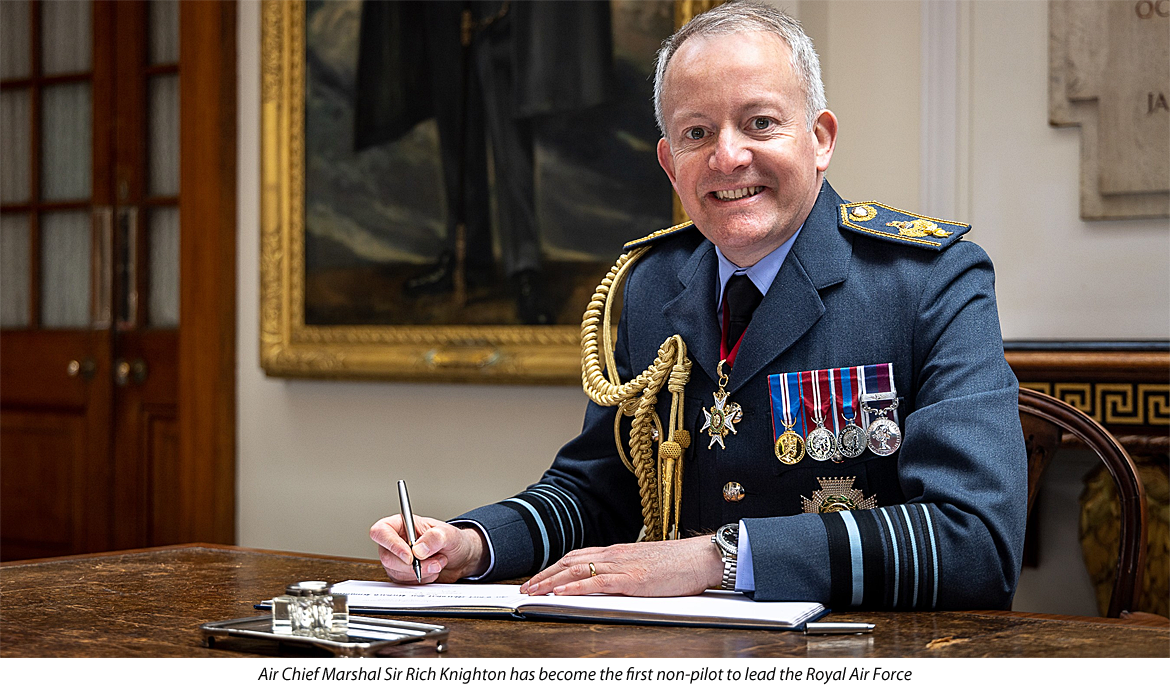
A formal ceremony at RAF College Cranwell has marked Air Chief Marshal Sir Rich Knighton taking over command of the Royal Air Force - the first non-pilot to be the RAF's Chief of the Air Staff. He is now in charge of 37,000 regular and reserve personnel and 4,000 civil servants, taking over from Air Chief Marshal Sir Mike Wigston. ACM Knighton will take on this role during a crucial moment for the service, as it evolves to meet future threats while continuing to conduct operations to protect security and support allies and partners.
Following the handover, he said: "I'm hugely honoured to be the new Chief of the Air Staff. For more than 100 years the Royal Air Force has played a vital role in protecting our country, our interests and our people. The air and space power that our brilliant, hardworking and innovative people deliver is more important to our safety and security than it has been for many years. I will work tirelessly to lead and support our service and those who serve with such energy, pride and commitment to make sure that we are ready to fly and fight."
forces.net
Following the handover, he said: "I'm hugely honoured to be the new Chief of the Air Staff. For more than 100 years the Royal Air Force has played a vital role in protecting our country, our interests and our people. The air and space power that our brilliant, hardworking and innovative people deliver is more important to our safety and security than it has been for many years. I will work tirelessly to lead and support our service and those who serve with such energy, pride and commitment to make sure that we are ready to fly and fight."
forces.net

From: John Philps, Bexhill-on-Sea, East Sussex
Subject: Memories of the C-130 Hercules
Hi Tony,
I'm thinking back to RAF Lyneham, circa October 1967. I had just returned from the closing-down of 114MU Steamer Point, Aden.
On arrival at Lyneham, I was told to report to C1 Hangar "Tactical Role and Loose". I sked where C1 hanger was, nobody knew! Not even the Station Warrant Officer (SWO) had heard of it. Eventually I did find it; out of the main gate and about half a mile towards Calne, I found the the old-style hangar. I entered and found the only SNCO about, a Chief Technician. I told him who I was and why I was there. I shall never forget his reply, "Son, do you see those two aircraft over there on the pan? They are Hercules C-130's. Don't ask me about them because nobody knows anymore than I do. As for 'Role and Loose' I don't know what you are on about".
It went on like this for a few weeks, reporting to, if memory serves me correctly, this Chief Tech who was an Airframes Fitter and who couldn't be bothered with an SAC Storeman.
Then one day, an RAF low-loader lorry turned up and I am told to unload it as it was stores. What was this equipment? Well, to cut to the chase, it was the very first "Side Guidance Equipment" for the Hercules C-130. By this time, I had been joined in the section by Cpl Brian Cowl and my good mate SAC Phil Todd, a couple of Airframe junior techs and eventually a Welsh WO whose name escapes me, but he was never there anyway (always in the betting shop!). We had some fantastic times in those days, nobody from the main station knew we existed.
That Tony, was my claim to fame regarding the C-130. I stayed on that Section until late 1969 when I was sent on my Junior Air Movements course.
My regards to any of C Flt. 50th Entry Suppliers, RAF Hereford 63-65 who are still about.
John M Philps
Subject: Memories of the C-130 Hercules
Hi Tony,
I'm thinking back to RAF Lyneham, circa October 1967. I had just returned from the closing-down of 114MU Steamer Point, Aden.
On arrival at Lyneham, I was told to report to C1 Hangar "Tactical Role and Loose". I sked where C1 hanger was, nobody knew! Not even the Station Warrant Officer (SWO) had heard of it. Eventually I did find it; out of the main gate and about half a mile towards Calne, I found the the old-style hangar. I entered and found the only SNCO about, a Chief Technician. I told him who I was and why I was there. I shall never forget his reply, "Son, do you see those two aircraft over there on the pan? They are Hercules C-130's. Don't ask me about them because nobody knows anymore than I do. As for 'Role and Loose' I don't know what you are on about".
It went on like this for a few weeks, reporting to, if memory serves me correctly, this Chief Tech who was an Airframes Fitter and who couldn't be bothered with an SAC Storeman.
Then one day, an RAF low-loader lorry turned up and I am told to unload it as it was stores. What was this equipment? Well, to cut to the chase, it was the very first "Side Guidance Equipment" for the Hercules C-130. By this time, I had been joined in the section by Cpl Brian Cowl and my good mate SAC Phil Todd, a couple of Airframe junior techs and eventually a Welsh WO whose name escapes me, but he was never there anyway (always in the betting shop!). We had some fantastic times in those days, nobody from the main station knew we existed.
That Tony, was my claim to fame regarding the C-130. I stayed on that Section until late 1969 when I was sent on my Junior Air Movements course.
My regards to any of C Flt. 50th Entry Suppliers, RAF Hereford 63-65 who are still about.
John M Philps

From: Dougie Russell, Carlisle
Subject: Memories of the C-130 Hercules
Hi Tony,
Many happy memories of loading /unloading / ramp riding and marshalling Herc’s in my career from 1978-2002.
Most memorable moments:
Subject: Memories of the C-130 Hercules
Hi Tony,
Many happy memories of loading /unloading / ramp riding and marshalling Herc’s in my career from 1978-2002.
Most memorable moments:
- Norway re-supply flying up the Fjords
- Ramp riding off Ascension Island after air-to-air refuelling.
- Off base from Ascension to Dakar with Jim Bissel and Hugh Trask to take a prop up for u/s airframe.
- Marshalling one in at Darhan (I was MSF), UKMAMS were late! I stood where I wanted his front wheel, pointed at him, pointed at my arse and pointed at the floor, then I walked off to the side where my boss was. The captain understood and put it exactly where I wanted it!
Regards,
Dougie
Dougie


RAF's "amazing" Hercules retired after almost 57 years of service

From: David Forsyth, St Hilaire de Riez
Subject: The Hercules - a less than elegant tale
Hi Tony,
The 14-hour return flight from my stint running the Supply and Movements Flight at the RAF Detachment, Majunga in Madagascar is the subject of this tale. There were but 2 passengers on the Hercules: an SAC MT Driver who was being sent home in disgrace for various reasons one of which was that he had caught one of those social diseases for which Madagascar was known, and yours truly.
My co-passenger was poured onto the aircraft at 5 am by his mates, much the worse for wear. Such was his inebriated state that he should probably not have flown, but the CO, Doug Cook, wanted him out of his hair.
Within minutes of take-off, our hero was using the Elsan, curtain-less, on the ramp – both ends at once it seemed, creating an unbelievably bad odour. He was to repeat these performances, albeit with reducing frequency and volume, several times during the 14 hours each time he awoke and with unerring accuracy propelled himself to the ramp. That was to be the only aspect of his performance with which he demonstrated accuracy – you catch my meaning. I quickly made a mental note on no account to use that Elsan – irrational perhaps but you never knew what you might catch.
I was somewhat miffed that apart from the Loadie checking the cargo restraints periodically and, after a few hours, each crew-member using the Elsan at least once during the interminable, noisy and uncomfortable 14 hours, the crew paid no attention to us. I had thought they would invite me to the flight deck and that comfortable couch – but no.
On arrival at Muharraq for a short stop where a slip crew was to take the aircraft on to Akrotiri and Lyneham. The Duty Movements Officer, Flying Officer Rich Bolt, was my great chum. Rich took me to a bar for a refreshment or two. Who should be at the bar but the crew who had just brought me in? Clearly unrecognised by the disinterested crew, I took great delight in asking innocently “Did you guys just come in from Majunga?” “Yes” came the reply. “I was down the back. Did you know that airman on board was being casevac’d home because of VD and he used the Elsan you all sat on quite a few times”?
The anxious huddle which formed, the anguished discussions and the looks of concern almost made up for my 14 hours of purgatory!
David
Subject: The Hercules - a less than elegant tale
Hi Tony,
The 14-hour return flight from my stint running the Supply and Movements Flight at the RAF Detachment, Majunga in Madagascar is the subject of this tale. There were but 2 passengers on the Hercules: an SAC MT Driver who was being sent home in disgrace for various reasons one of which was that he had caught one of those social diseases for which Madagascar was known, and yours truly.
My co-passenger was poured onto the aircraft at 5 am by his mates, much the worse for wear. Such was his inebriated state that he should probably not have flown, but the CO, Doug Cook, wanted him out of his hair.
Within minutes of take-off, our hero was using the Elsan, curtain-less, on the ramp – both ends at once it seemed, creating an unbelievably bad odour. He was to repeat these performances, albeit with reducing frequency and volume, several times during the 14 hours each time he awoke and with unerring accuracy propelled himself to the ramp. That was to be the only aspect of his performance with which he demonstrated accuracy – you catch my meaning. I quickly made a mental note on no account to use that Elsan – irrational perhaps but you never knew what you might catch.
I was somewhat miffed that apart from the Loadie checking the cargo restraints periodically and, after a few hours, each crew-member using the Elsan at least once during the interminable, noisy and uncomfortable 14 hours, the crew paid no attention to us. I had thought they would invite me to the flight deck and that comfortable couch – but no.
On arrival at Muharraq for a short stop where a slip crew was to take the aircraft on to Akrotiri and Lyneham. The Duty Movements Officer, Flying Officer Rich Bolt, was my great chum. Rich took me to a bar for a refreshment or two. Who should be at the bar but the crew who had just brought me in? Clearly unrecognised by the disinterested crew, I took great delight in asking innocently “Did you guys just come in from Majunga?” “Yes” came the reply. “I was down the back. Did you know that airman on board was being casevac’d home because of VD and he used the Elsan you all sat on quite a few times”?
The anxious huddle which formed, the anguished discussions and the looks of concern almost made up for my 14 hours of purgatory!
David


From: George Graves, Carlisle, Cumbria
Subject: The Herc
Hi Tony,
So, it's goodbye to the brilliant Herc, too many good times to mention. Straightforward to load and easy to trim. Fond memories of the flight deck, sitting doing the trim sheet before zotting off to many exotic places with FEAF MAMS. The RAF will truly miss this brilliant work horse.
Regards
George
Subject: The Herc
Hi Tony,
So, it's goodbye to the brilliant Herc, too many good times to mention. Straightforward to load and easy to trim. Fond memories of the flight deck, sitting doing the trim sheet before zotting off to many exotic places with FEAF MAMS. The RAF will truly miss this brilliant work horse.
Regards
George
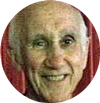

From: Ian Place, Leeds, West Yorks
Subject: Memories of the C-130 Hercules
Tony,
One of my memories of "Fat Albert" was on one of those lovely Bloodhound Missile Exchanges. On 5th June 1974, Hotel team were tasked with a double Missex stretching to the 6th June. Our beloved machine was XV291 and our Capt's name was Flt Lt Mashedar. On the 6th we arrived at RAF Bruggen from West Raynham at 1035. Everything went smoothly until we were loading the double-linked pallet over the threshold of the aircraft ramp. The weather was hot and the weight of the pallet (12,000 lbs) squeezed the ramp support from under the aircraft causing the nosewheel to lift 6ft in the air. After offloading the pallet we proceeded to get the load under control. I remember that one as if it were yesterday.
Ian
Subject: Memories of the C-130 Hercules
Tony,
One of my memories of "Fat Albert" was on one of those lovely Bloodhound Missile Exchanges. On 5th June 1974, Hotel team were tasked with a double Missex stretching to the 6th June. Our beloved machine was XV291 and our Capt's name was Flt Lt Mashedar. On the 6th we arrived at RAF Bruggen from West Raynham at 1035. Everything went smoothly until we were loading the double-linked pallet over the threshold of the aircraft ramp. The weather was hot and the weight of the pallet (12,000 lbs) squeezed the ramp support from under the aircraft causing the nosewheel to lift 6ft in the air. After offloading the pallet we proceeded to get the load under control. I remember that one as if it were yesterday.
Ian


From: Derek Barron, Calne, Wilts
Subject: Memories of the C-130 Hercules
Hi Tony,
Goodbye Fat Albert, Old Friend. 6,398 hours of my life spent in yer back end! You took me to crap jobs, great jobs, fulfilling jobs, long jobs, and lucrative jobs. You probably made me deaf. You had a "flat floor" that made me groan. But, you never let me down!
Cheers!
Derek
Subject: Memories of the C-130 Hercules
Hi Tony,
Goodbye Fat Albert, Old Friend. 6,398 hours of my life spent in yer back end! You took me to crap jobs, great jobs, fulfilling jobs, long jobs, and lucrative jobs. You probably made me deaf. You had a "flat floor" that made me groan. But, you never let me down!
Cheers!
Derek
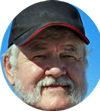
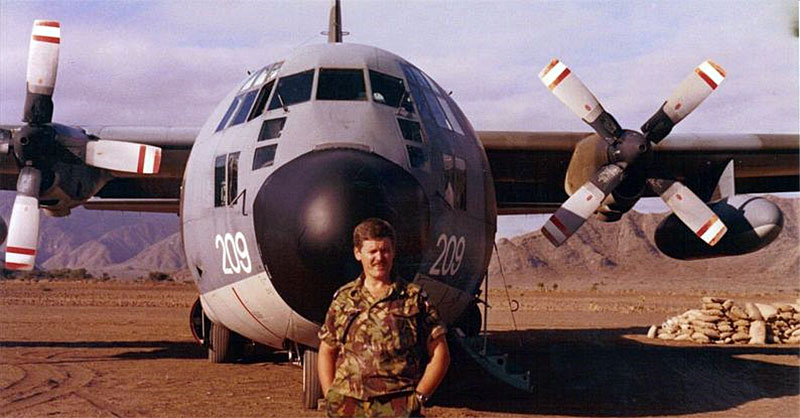

The Boeing C-17 Globemaster is now St Helena Airport's Biggest Visitor
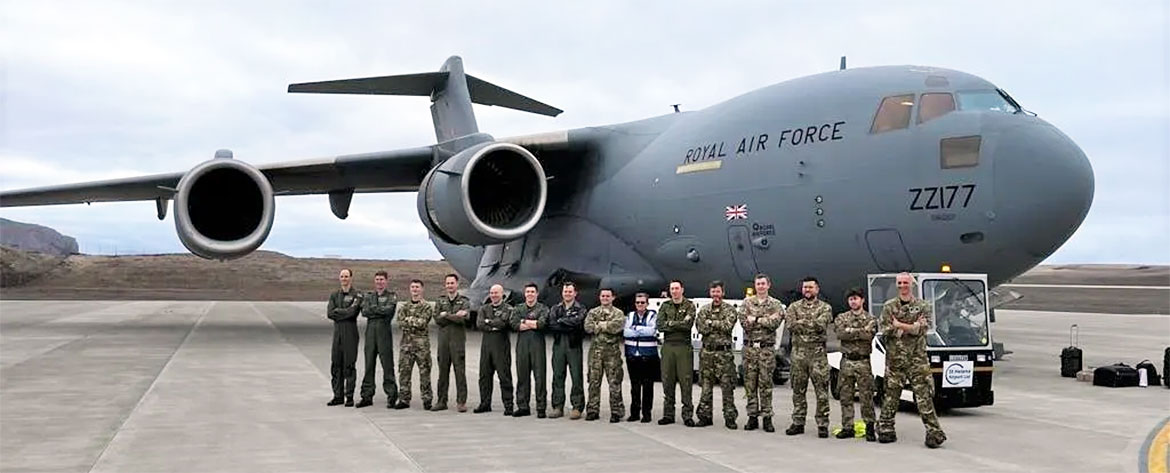
The island airport has welcomed its largest aerial visitor yet. The mighty Boeing C-17 Globemaster, with a wingspan of 169 ft 9.6 in (51.755 m), is now visiting St. Helena Airport in the South Atlantic. No, the C-17 is not being exiled like Napoleon was in the early 1800s to St. Helena, but rather it is conducting a United Kingdom Royal Air Force capability demonstration.
South Africa's Airlink has served St. Helena Airport since October 14, 2017, flying a weekly service with its Embraer 190AR, with the AR standing for advanced range (aka Embraer 190-100IGW). However, there are times when the British need to haul heavy equipment to the remote overseas territory, which is why one of the Royal Air Force’s eight C-17s paid a visit.
According to the St. Helena Independent, the C-17 registered ZZ177 [incidently, the same airframe that carried HM Queen Elizabeth II's coffin from Edinburgh to London last September], arrived on May 19 to undertake four approaches, a fly-past over James Bay and finally a full-stop landing. During the last approach, the aircrew also did a bit of showmanship, showing off the undercarriage to the gathered spectators before landing.
The landing showed off the C-17’s incredible capabilities by using only about 2,516 feet (767 meters) of the runway, just about half its total length. St Helena's runway is around 5,036 feet (1,535 meters) long.
After a full stop landing and a more acute turnaround than the weekly Airlink E190, the C-17 crew and personnel, numbering about 20, had a picture with the airport CEO Gwyneth Howell. For the airport that was once branded the 'world's most useless,' St Helena continues to prove its worth.
simpleflying.com
South Africa's Airlink has served St. Helena Airport since October 14, 2017, flying a weekly service with its Embraer 190AR, with the AR standing for advanced range (aka Embraer 190-100IGW). However, there are times when the British need to haul heavy equipment to the remote overseas territory, which is why one of the Royal Air Force’s eight C-17s paid a visit.
According to the St. Helena Independent, the C-17 registered ZZ177 [incidently, the same airframe that carried HM Queen Elizabeth II's coffin from Edinburgh to London last September], arrived on May 19 to undertake four approaches, a fly-past over James Bay and finally a full-stop landing. During the last approach, the aircrew also did a bit of showmanship, showing off the undercarriage to the gathered spectators before landing.
The landing showed off the C-17’s incredible capabilities by using only about 2,516 feet (767 meters) of the runway, just about half its total length. St Helena's runway is around 5,036 feet (1,535 meters) long.
After a full stop landing and a more acute turnaround than the weekly Airlink E190, the C-17 crew and personnel, numbering about 20, had a picture with the airport CEO Gwyneth Howell. For the airport that was once branded the 'world's most useless,' St Helena continues to prove its worth.
simpleflying.com

From: Philip Overson, Broad Hinton, Wilts
Subject: Memories of the C-130 Hercules
Subject: Memories of the C-130 Hercules

Tony,
Farewell to the C130 Hercules. Flew me to the hottest, coldest, most chaotic and most dangerous places in the world for the best part of a decade, but always got me home safely again.
The best times with the best people imaginable.
Phil
Farewell to the C130 Hercules. Flew me to the hottest, coldest, most chaotic and most dangerous places in the world for the best part of a decade, but always got me home safely again.
The best times with the best people imaginable.
Phil
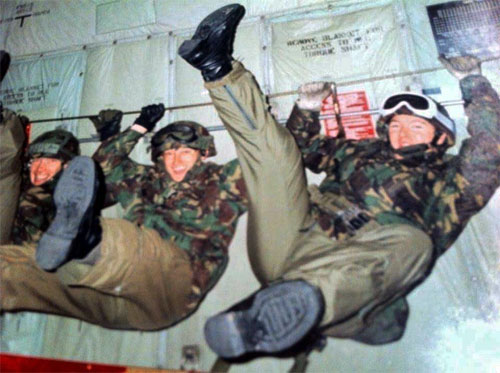

From: Tony Street, Buffalo, NY
Subject: C130 Memories
Tony
At 435Sqn (TAL) School, Edmonton, Alberta, we instructed C130 and Buffalo aircrews in all manners of airdrop, including LAPES. Our job was to train MAMS and Loadmasters in the rigging of all types of loads that were air dropped later in the course. Here, I built up years of experience in air drop in both normal and emergency situations.
After retirement, this experience enabled me to be part of a team that instructed aircrews in several types of aircraft in all facets of airdrop. We also instructed them on other (Secret Squirrel) operational requirements. We did this in Asian, European, Central and South American countries.
Thank you Lockheed for many exiting years!
NB: When the first C130 airframe was completed at Lockheed's Skunk Works, it's engines had not yet been delivered. Anxious to fly the machine, they found four engines left over from another project and mounted them on the airframe. On the test flight it was discovered that the aircraft was wonderfully over-powered and the decision was taken to use these engines as standard. This tremendous power has saved mine and many other asses out of emergency situations!
Best regards
Tony
Subject: C130 Memories
Tony
At 435Sqn (TAL) School, Edmonton, Alberta, we instructed C130 and Buffalo aircrews in all manners of airdrop, including LAPES. Our job was to train MAMS and Loadmasters in the rigging of all types of loads that were air dropped later in the course. Here, I built up years of experience in air drop in both normal and emergency situations.
After retirement, this experience enabled me to be part of a team that instructed aircrews in several types of aircraft in all facets of airdrop. We also instructed them on other (Secret Squirrel) operational requirements. We did this in Asian, European, Central and South American countries.
Thank you Lockheed for many exiting years!
NB: When the first C130 airframe was completed at Lockheed's Skunk Works, it's engines had not yet been delivered. Anxious to fly the machine, they found four engines left over from another project and mounted them on the airframe. On the test flight it was discovered that the aircraft was wonderfully over-powered and the decision was taken to use these engines as standard. This tremendous power has saved mine and many other asses out of emergency situations!
Best regards
Tony
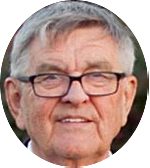

From: Stephen Davey, Tadcaster, North Yorks
Subject: Memories of the C-130 Hercules
Tony,
I didn't have a lot of involvement with the C130 at Brize in my day apart from the odd visitor. However, I do a remember a USAF C-130 came in one day which was loaded with pallets of boxed compo rations. I'm not sure what happened with them but I think they were to be loaded onto one of our aircraft, maybe a Britannia or a Belfast. Rumour has it that some of the cases ended up in the crew room!
Regards,
Steve
Subject: Memories of the C-130 Hercules
Tony,
I didn't have a lot of involvement with the C130 at Brize in my day apart from the odd visitor. However, I do a remember a USAF C-130 came in one day which was loaded with pallets of boxed compo rations. I'm not sure what happened with them but I think they were to be loaded onto one of our aircraft, maybe a Britannia or a Belfast. Rumour has it that some of the cases ended up in the crew room!
Regards,
Steve

This month the Royal Air Force (RAF) brings the curtain down on 56 years of operating the Lockheed Martin C-130, more commonly known by the RAF as the Hercules transport aircraft. The type will be retired at the end of June, marking the end of a truly remarkable career for the highly versatile and unique plane. Having operated various versions of the Hercules since its inauguration with the RAF in 1967, the aircraft has served in numerous conflicts, humanitarian crises, international relief efforts, and in routine UK armed forces air transport roles throughout that time.
During the late 1950s, the RAF searched for a suitable replacement for its piston-engined Blackburn Beverley and Handley Page Hastings heavy transport aircraft. Having identified the Lockheed C-130 as an ideal replacement, the RAF ordered 66 Hercules initially, which were designated as the C-130K for export to the UK. Nicknamed Hercules after the Roman mythological character known for extraordinary strength, the first C-130K for the RAF completed its maiden flight on October 19th, 1966, and entered service the following year. However, swingeing defense cuts in 1975 saw 13 Hercules aircraft withdrawn and two RAF squadrons disbanded. Despite this setback, the Hercules fleet had become crucial to UK operations, a fact borne out during the Falklands Conflict of 1982. It very quickly became apparent that the Hercules would be required to mount non-stop return sorties to the Falklands from Ascension Island, and a crash program of inflight-refueling probe installation began. In the conflict's immediate aftermath, the C-130K took on a vital role supporting RAF BAe Harriers and, subsequently, McDonnell Douglas Phantoms providing Falkland Islands air defence.
Meanwhile, in 1978 a conversion program began to produce 30 modified Hercules by stretching the fuselage of the C-130K to achieve a dramatic increase in cabin capacity. Lockheed built the initial model, flying it for the first time on December 3rd, 1979, but subsequently, Marshall Aerospace, based at Cambridge Airport (CBG) in the UK, converted the remainder. Indeed, Marshall has been instrumental in the Hercules program since its inception. With the first RAF Hercules delivered directly to Marshall to perform all the entry-into-service checks and subsequent fleet conversion work, the company has remained the RAF's primary contractor supporting the C-130J program up until the present day.
In December 1993, a United Kingdom Ministry of Defence requirement identified the need for a Hercules replacement, and although the European FLA (Future Large Aircraft) was considered, the only substitute for a Hercules turned out to be an improved Hercules! A more powerful Lockheed C-130J, a next-generation machine then under development and featuring the latest avionics systems, was ordered in December 1994. The order called for ten standard C-130J aircraft and 15 of the longer C-130J-30, with the first delivery in August 1998.
Having worked intensively during various operations and across many theatres during its service, the C-130Js fleet accumulated flying hours more rapidly than had been projected. In a Strategic Defence and Security Review in 2010, the type was earmarked for withdrawal from service in 2022, a decade earlier than initially planned.
Yesterday (June 14th), saw the RAF conduct a special farewell tour to mark the conclusion of Hercules operations at the end of this month. A three-ship Hercules C-130J formation, led by lead aircraft with tail number ZH870, flew for around seven hours and carried out flypasts over 21 airfields and other historical sites that have been instrumental in the history of Hercules operations with the RAF over the years.
During the late 1950s, the RAF searched for a suitable replacement for its piston-engined Blackburn Beverley and Handley Page Hastings heavy transport aircraft. Having identified the Lockheed C-130 as an ideal replacement, the RAF ordered 66 Hercules initially, which were designated as the C-130K for export to the UK. Nicknamed Hercules after the Roman mythological character known for extraordinary strength, the first C-130K for the RAF completed its maiden flight on October 19th, 1966, and entered service the following year. However, swingeing defense cuts in 1975 saw 13 Hercules aircraft withdrawn and two RAF squadrons disbanded. Despite this setback, the Hercules fleet had become crucial to UK operations, a fact borne out during the Falklands Conflict of 1982. It very quickly became apparent that the Hercules would be required to mount non-stop return sorties to the Falklands from Ascension Island, and a crash program of inflight-refueling probe installation began. In the conflict's immediate aftermath, the C-130K took on a vital role supporting RAF BAe Harriers and, subsequently, McDonnell Douglas Phantoms providing Falkland Islands air defence.
Meanwhile, in 1978 a conversion program began to produce 30 modified Hercules by stretching the fuselage of the C-130K to achieve a dramatic increase in cabin capacity. Lockheed built the initial model, flying it for the first time on December 3rd, 1979, but subsequently, Marshall Aerospace, based at Cambridge Airport (CBG) in the UK, converted the remainder. Indeed, Marshall has been instrumental in the Hercules program since its inception. With the first RAF Hercules delivered directly to Marshall to perform all the entry-into-service checks and subsequent fleet conversion work, the company has remained the RAF's primary contractor supporting the C-130J program up until the present day.
In December 1993, a United Kingdom Ministry of Defence requirement identified the need for a Hercules replacement, and although the European FLA (Future Large Aircraft) was considered, the only substitute for a Hercules turned out to be an improved Hercules! A more powerful Lockheed C-130J, a next-generation machine then under development and featuring the latest avionics systems, was ordered in December 1994. The order called for ten standard C-130J aircraft and 15 of the longer C-130J-30, with the first delivery in August 1998.
Having worked intensively during various operations and across many theatres during its service, the C-130Js fleet accumulated flying hours more rapidly than had been projected. In a Strategic Defence and Security Review in 2010, the type was earmarked for withdrawal from service in 2022, a decade earlier than initially planned.
Yesterday (June 14th), saw the RAF conduct a special farewell tour to mark the conclusion of Hercules operations at the end of this month. A three-ship Hercules C-130J formation, led by lead aircraft with tail number ZH870, flew for around seven hours and carried out flypasts over 21 airfields and other historical sites that have been instrumental in the history of Hercules operations with the RAF over the years.
The RAF Retires its Hercules Aircraft with a UK-Wide Farewell Tour
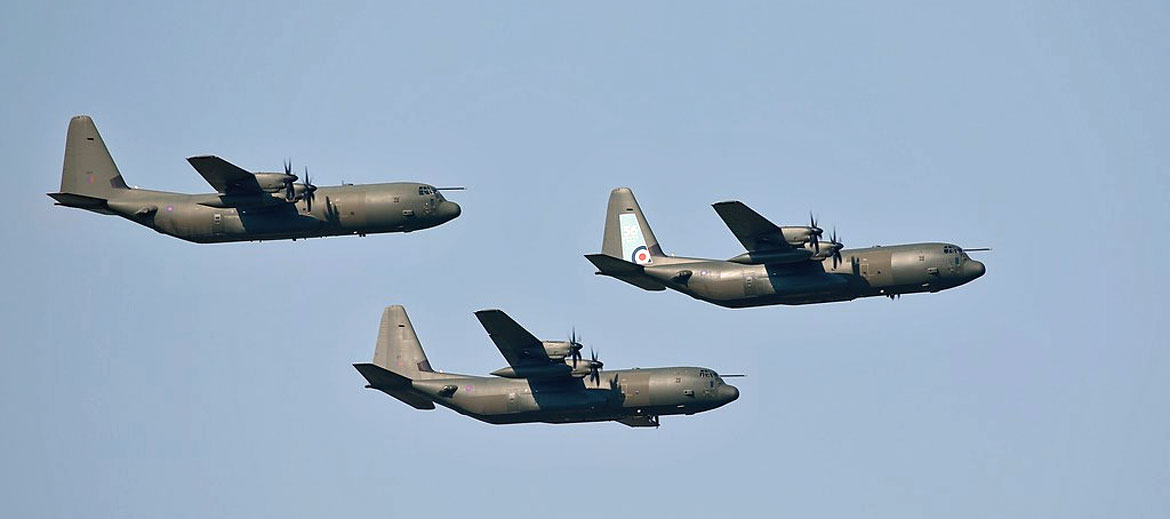
RAF C-130J Hercules Farewell | The Mach Loop
In addition to celebrating the outstanding service of the Hercules, the flypast also marked the end of the transition phase for the RAF as it refocuses its short to medium-range transport fleet with its 22-strong fleet of Atlas C1s.
The flypast farewell tour was a fitting tribute to a remarkable aircraft and its even more remarkable service history. While the workhorse has served the RAF and the United Kingdom venerable for 56 years, the time has finally come for the Hercules to step aside for newer technology.
While the RAF Hercules fleet may soon disappear from the skies both over the UK and around the world, its 56 years of illustrious service leave an impressive legacy that will be hard to surpass.
Sources: Royal Air Force, UK Defence Journal, YouTube
The flypast farewell tour was a fitting tribute to a remarkable aircraft and its even more remarkable service history. While the workhorse has served the RAF and the United Kingdom venerable for 56 years, the time has finally come for the Hercules to step aside for newer technology.
While the RAF Hercules fleet may soon disappear from the skies both over the UK and around the world, its 56 years of illustrious service leave an impressive legacy that will be hard to surpass.
Sources: Royal Air Force, UK Defence Journal, YouTube

From: Bryan Morgan, Abingdon, Oxon
Subject: Memories of the C-130 Hercules
Tony,
I thought you might like to know that Anita and I have just returned from what used to be RAF Abingdon, now Dalton Barracks (God forbid), to watch the final flypast of 3 x C130J Hercules which flew the length of the old short West/East runway on the final stages of their farewell sortie.
They started off from RAF Brize Norton at 1000 this morning and have been all over the whole of the UK arriving over Abingdon at 1643 en route from RAF Lyneham, as was, and on to RAF Halton and HQ Air Command, formerly Strike Command, at High Wycombe, before returning to Brize just after 5pm. Great sight and very nostalgic given they cease flying with the RAF on 30th of this month.
Regards,
Bryan
Subject: Memories of the C-130 Hercules
Tony,
I thought you might like to know that Anita and I have just returned from what used to be RAF Abingdon, now Dalton Barracks (God forbid), to watch the final flypast of 3 x C130J Hercules which flew the length of the old short West/East runway on the final stages of their farewell sortie.
They started off from RAF Brize Norton at 1000 this morning and have been all over the whole of the UK arriving over Abingdon at 1643 en route from RAF Lyneham, as was, and on to RAF Halton and HQ Air Command, formerly Strike Command, at High Wycombe, before returning to Brize just after 5pm. Great sight and very nostalgic given they cease flying with the RAF on 30th of this month.
Regards,
Bryan
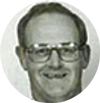

From: Peter Orton, Camberley, Surrey
Subject: Memories of the C-130 Hercules
Hi Tony,
Lke all of our contemporaries, I have strong and happy memories of the Herc. I was at Muharraq in '67 when this shiny brown object first appeared as a crew trainer; we could look but not touch . We were only allowed to work on Bevs and Argosies. This soon changed as the Aden withdrawal airlift got underway.
My good luck was to be posted to the newly formed Tactical Wing Lyneham. TAMS was hidden away on C site, so as not to offend the posh VC-10s Brits and Comets over on the main site and terminal. The only negative was our OC thought it would be nice to have a passenger section, so I became TAMS Pax! But, I was soon assimilated onto the traffic shift and on rare occasions detached to the posh side if a passenger was spotted. The strategic side moved to BZN and we were allowed to use the terminal and cargo shed. Happy as a pig in poop, I was lucky to spend the remainder of my RAF time in the tactical role. NEAF MAMS followed by UK MAMS, at this time at Lyneham. The Herc was my life for 10.5 years.
My first C-130 flight was a flukey Caribbean Trainer teamed up with TAMs mates Tim Newstead and Gordon Hepworth. Having discovered F6663s* my future was decided.
The trips were many and various, but four stand out after all these years;
1. Delivering UN troops to Cairo post Yom Kippur war.
2. Bush flying relief supplies in Southern Sudan.
3. An epic odyssey stagger back from a suprise month's detachment in Belize with two emergency landings in Florida and a diversion into Andrews.
4. The most unusual Herc experience, was during the Kingsfield Op in Cyprus. I was repositioning back from Akrotiri at sunset in fading light when we went into a holding pattern whilst a flare path of car headlights was improvised, now that was real bush flying, "We flew by midnight". My last flight was a Thursday Missex, so justice was done!
Farewell Fat Albert old mate, you old globe gobbler. From the days when Hercs were brown, Condecs were yellow, and Airmen were blue. Salute!
Pete
(*RAF Form 6663 - If I recall was, "Aircrew Meal, Accommodation and Incidental Expenses". Change the ref to read "Route Allowances" for simplicity. The key annotation had to certify an operational requirement that airmen had to be accommodated with officers. I was tutored in the use of this document by the legendary Franky Holmes, the skill was readily transferred to my civil career, different form numbers though.)
Subject: Memories of the C-130 Hercules
Hi Tony,
Lke all of our contemporaries, I have strong and happy memories of the Herc. I was at Muharraq in '67 when this shiny brown object first appeared as a crew trainer; we could look but not touch . We were only allowed to work on Bevs and Argosies. This soon changed as the Aden withdrawal airlift got underway.
My good luck was to be posted to the newly formed Tactical Wing Lyneham. TAMS was hidden away on C site, so as not to offend the posh VC-10s Brits and Comets over on the main site and terminal. The only negative was our OC thought it would be nice to have a passenger section, so I became TAMS Pax! But, I was soon assimilated onto the traffic shift and on rare occasions detached to the posh side if a passenger was spotted. The strategic side moved to BZN and we were allowed to use the terminal and cargo shed. Happy as a pig in poop, I was lucky to spend the remainder of my RAF time in the tactical role. NEAF MAMS followed by UK MAMS, at this time at Lyneham. The Herc was my life for 10.5 years.
My first C-130 flight was a flukey Caribbean Trainer teamed up with TAMs mates Tim Newstead and Gordon Hepworth. Having discovered F6663s* my future was decided.
The trips were many and various, but four stand out after all these years;
1. Delivering UN troops to Cairo post Yom Kippur war.
2. Bush flying relief supplies in Southern Sudan.
3. An epic odyssey stagger back from a suprise month's detachment in Belize with two emergency landings in Florida and a diversion into Andrews.
4. The most unusual Herc experience, was during the Kingsfield Op in Cyprus. I was repositioning back from Akrotiri at sunset in fading light when we went into a holding pattern whilst a flare path of car headlights was improvised, now that was real bush flying, "We flew by midnight". My last flight was a Thursday Missex, so justice was done!
Farewell Fat Albert old mate, you old globe gobbler. From the days when Hercs were brown, Condecs were yellow, and Airmen were blue. Salute!
Pete
(*RAF Form 6663 - If I recall was, "Aircrew Meal, Accommodation and Incidental Expenses". Change the ref to read "Route Allowances" for simplicity. The key annotation had to certify an operational requirement that airmen had to be accommodated with officers. I was tutored in the use of this document by the legendary Franky Holmes, the skill was readily transferred to my civil career, different form numbers though.)

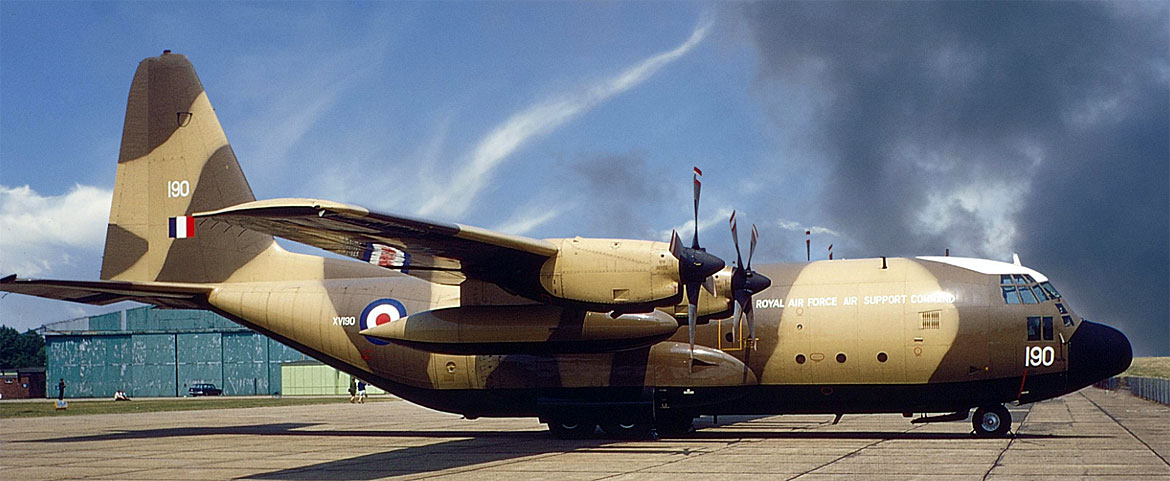

From: Clive Price, Brecon
Subject: The Herc.
Hi Tony,
When the RAF decided to buy the Herc, one of the things they did was to send F team from Abingdon to the American base at RAF Fairford (some 25 road miles via Landrover), to learn about it and spend the day being taught how to operate the rear doors manualy (all those dials and the pumping handle!). We were given a certificate proving we were competent; I still have mine somewhere. We had a lovely lunch and returned to Abingdon. We had been very impressed when comparing it to our current workhorse, the Blackburn Beverley.
I lost interest in the Herc after flying with a full load of soldiers to Belize, non-stop for twelve hours. I was really scrambled by the time we landed, in those days we didn't have ear protection.
Taff Price,
F team (1966-70)
Subject: The Herc.
Hi Tony,
When the RAF decided to buy the Herc, one of the things they did was to send F team from Abingdon to the American base at RAF Fairford (some 25 road miles via Landrover), to learn about it and spend the day being taught how to operate the rear doors manualy (all those dials and the pumping handle!). We were given a certificate proving we were competent; I still have mine somewhere. We had a lovely lunch and returned to Abingdon. We had been very impressed when comparing it to our current workhorse, the Blackburn Beverley.
I lost interest in the Herc after flying with a full load of soldiers to Belize, non-stop for twelve hours. I was really scrambled by the time we landed, in those days we didn't have ear protection.
Taff Price,
F team (1966-70)


From: Howard Firth, South Scarle, Notts
Subject: Memories of the C-130 Hercules
Hi Tony,
I am sure your mail inbox will testify that there were many memorable trips associated with Fat Albert. My contribution tells of my “Swan Song” flight with a C-130 from Lyneham in 1995. At the time I was DSAMO at RAF Brize Norton and as part of my duties I had to liaise with members of the organisation at Hereford. Thanks to Al Verth and SAMO Colin Waite (thanks Boss), I was tasked with providing support on a task that saw the air transport of a captured Argentinian helicopter from the UK to Botswana for hot air trials.
The outbound route from Lyneham read something like: Cairo for refuel and then a night stop In Oman. In Oman we joined up with Al Verth, more passengers and a whole load of special freight. When we departed there was not much space or payload left. The final leg was to Gaborone, the capital of Botswana. Our arrival was celebrated with a few low-level passes and a TAC landing.
The next day the helicopter was rigged up and departed for the trials area, somewhere in the African bush. The trial did not go well and a disaster was only averted by the skill of the pilot. The Hereford party were being hosted on a Game Farm so It was agreed that the RAF would give the hosts an aerial view of their land. We spent the next day flying around the Okavango Delta at low level - very low level. The giraffes were certainly in danger of getting a haircut. It was a fantastic day with the ramp down and freight door open watching herds of elephants, wildebeest and rhino. The day was finished off with a huge bar-b-q in the bush.
Because it was deemed too dangerous to continue with the helicopter trial, we loaded it up and set off for Lyneham via Mombasa and Akrotiri. A great trip, a great crew, I think Mick Bedford was the ALM, and very worthy of my “Best Flight Award”.
Best regards
H
Subject: Memories of the C-130 Hercules
Hi Tony,
I am sure your mail inbox will testify that there were many memorable trips associated with Fat Albert. My contribution tells of my “Swan Song” flight with a C-130 from Lyneham in 1995. At the time I was DSAMO at RAF Brize Norton and as part of my duties I had to liaise with members of the organisation at Hereford. Thanks to Al Verth and SAMO Colin Waite (thanks Boss), I was tasked with providing support on a task that saw the air transport of a captured Argentinian helicopter from the UK to Botswana for hot air trials.
The outbound route from Lyneham read something like: Cairo for refuel and then a night stop In Oman. In Oman we joined up with Al Verth, more passengers and a whole load of special freight. When we departed there was not much space or payload left. The final leg was to Gaborone, the capital of Botswana. Our arrival was celebrated with a few low-level passes and a TAC landing.
The next day the helicopter was rigged up and departed for the trials area, somewhere in the African bush. The trial did not go well and a disaster was only averted by the skill of the pilot. The Hereford party were being hosted on a Game Farm so It was agreed that the RAF would give the hosts an aerial view of their land. We spent the next day flying around the Okavango Delta at low level - very low level. The giraffes were certainly in danger of getting a haircut. It was a fantastic day with the ramp down and freight door open watching herds of elephants, wildebeest and rhino. The day was finished off with a huge bar-b-q in the bush.
Because it was deemed too dangerous to continue with the helicopter trial, we loaded it up and set off for Lyneham via Mombasa and Akrotiri. A great trip, a great crew, I think Mick Bedford was the ALM, and very worthy of my “Best Flight Award”.
Best regards
H


From: Peter Clayton, Wroughton, Wilts
Subject: Memories of the C-130 Hercules
Hi Tony,
My first memory of the C130 Hercules was back in 1966 when one of the first ones made a visit to RAF Thorney Island. I was very impressed by the big tailplane that at first seemed almost too big for the fuselage.
My next encounter was at RAF Changi when they took over from the Hastings, Beverley and Argosy used in the far east. Then of course when on UKMAMS I spent many an hour sat in the back or indeed sleeping in a cargo net hung up over the ramp.
A real workhorse and very versatile aircraft, it is sad to see them go.
Regards, Peter
Subject: Memories of the C-130 Hercules
Hi Tony,
My first memory of the C130 Hercules was back in 1966 when one of the first ones made a visit to RAF Thorney Island. I was very impressed by the big tailplane that at first seemed almost too big for the fuselage.
My next encounter was at RAF Changi when they took over from the Hastings, Beverley and Argosy used in the far east. Then of course when on UKMAMS I spent many an hour sat in the back or indeed sleeping in a cargo net hung up over the ramp.
A real workhorse and very versatile aircraft, it is sad to see them go.
Regards, Peter


From: Mick Craner, Yeovil, Somerset
Subject: Memories of the C-130 Hercules
Hello Tony,
My story is about a serious incident on a Hercules where some OBA members may have been involved?
November 11 1968 - Set off from Lyneham on Hercules XV213 with 3 young Movers to Waddington. The object was to move equipment to Macrihanish. Two flights were made on the 11th November, the exercise to be continued on the 12th. Climbing out from Macrihanish in the late evening, a large flock of sea birds rose up from the runway. It was incredible; they were like huge snow flakes that thudded against the windshield and slid away.
We immediately lost two engines. Our Captain, Flt Lt Ian Gibbs, operated with great skill continuing the climb out on two engines at the same time calling out a Mayday. We were diverted to Prestwick. On landing we all examined the front of the aircraft. The whole leading edge of the main plane was damaged as were the two fuel tanks.
All eight of us were taken to The Marine Parade Hotel in Troon, rooms were allocated and we assembled in a large comfortable lounge. I ordered eight pints of beer, only to be informed by the waiter that they didn't serve pints, “Will I bring 16 halves?”
Next day Hercules XV197 arrived from Lyneham with a crew to fly our damaged aircraft back to Lyneham on two engines. We were to return to Lyneham in XV197 as Ian Gibbs was not qualified to fly a Hercules on two engines.
In the Morning at Macrihanish they found over 2 hundred dead sea birds on the runway, not sure how many were ingested in the engines and inside the leading edge of the mainplane.
My thoughts on flogging the Hercules? "@#$%^&*+_^%$#@" (Not printable!)
Cheers!
Mick
Subject: Memories of the C-130 Hercules
Hello Tony,
My story is about a serious incident on a Hercules where some OBA members may have been involved?
November 11 1968 - Set off from Lyneham on Hercules XV213 with 3 young Movers to Waddington. The object was to move equipment to Macrihanish. Two flights were made on the 11th November, the exercise to be continued on the 12th. Climbing out from Macrihanish in the late evening, a large flock of sea birds rose up from the runway. It was incredible; they were like huge snow flakes that thudded against the windshield and slid away.
We immediately lost two engines. Our Captain, Flt Lt Ian Gibbs, operated with great skill continuing the climb out on two engines at the same time calling out a Mayday. We were diverted to Prestwick. On landing we all examined the front of the aircraft. The whole leading edge of the main plane was damaged as were the two fuel tanks.
All eight of us were taken to The Marine Parade Hotel in Troon, rooms were allocated and we assembled in a large comfortable lounge. I ordered eight pints of beer, only to be informed by the waiter that they didn't serve pints, “Will I bring 16 halves?”
Next day Hercules XV197 arrived from Lyneham with a crew to fly our damaged aircraft back to Lyneham on two engines. We were to return to Lyneham in XV197 as Ian Gibbs was not qualified to fly a Hercules on two engines.
In the Morning at Macrihanish they found over 2 hundred dead sea birds on the runway, not sure how many were ingested in the engines and inside the leading edge of the mainplane.
My thoughts on flogging the Hercules? "@#$%^&*+_^%$#@" (Not printable!)
Cheers!
Mick
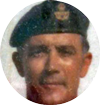

From: Mark Attrill, Tallinn
Subject: Memories of the C-130 Hercules
Tony,
My memories of the C-130 actually precede my service in the Royal Air Force. My first encounter with the 'giant' C-130 Hercules transport aircraft, as it always seemed to be described in the tabloid press during the latest refugee evacuation or famine relief, was on Cyprus at Kingsfield Airfield, just north of Dhekalia main garrison in July 1974. I was a 14-year old 'scaly brat' on summer holiday and my daily routine normally revolved around the Officers' Club (not to be confused with the Garrison Officers' Mess) swimming pool with friends (yes, Chris, I did have some) or biking through the wadis. Shortly after the Turks invaded Cyprus, the O'Club was placed off-limits, to be used as an evacuee reception centre for British nationals trapped in the beach resorts in Famagusta and Larnaca. BFBS put out a call for volunteer baggage handlers, for which I had received early warning from my father who worked there, so I quickly found myself shuttling between evacuee assembly points and the Airfield shifting baggage to the aircraft ramp to support the regular shuttle back up to RAF Akrotiri, which had been set up by UKMAMS. The Captains were quite keen to give us all a trip but they simply didn't have the room. Little did I know that ten years later this would be my regular job!
I have already described my most memorable trip in a C-130 at Exercise Red Flag (in my dit on best postings), but there were many others, mainly during my all-too-short tour on UKMAMS. The many tactical demonstrations with Harry Burgoyne, Jim Norfolk, Pete Tyas and Pete 'Scottie' Scott between 83-85 all spring to mind (especially the 47 Sqn Families Day gig when Jim did an 'extra special' demo). The three-engine birdstrike on departure from RAF Wyton (at night!) was 'interesting' to say the least. My second longest flight was from Stateside to Lyneham, bringing back the body of an unfortunate Jaguar pilot who had flown into the ground during Red Flag. We were all obviously keen to get him back ASAP but Lyneham was socked in so we diverted to Brize, tried to land three times after which GASOs dictated that the captain had to divert to the nearest clear airfield, which was RAF Valley! On another occasion we had a rather tricky flight into Andrews AFB on a hellish night with snow and freezing fog but, as always, Albert got us down safely. My last RAF trip involved a 'corkscrew' arrival into Basra, wearing full body armour, with deployment of flares etc., the Full Monty.
My C-130 memories were not just limited to the RAF fleet. Some of my other assignments or OOAs got me into those operated by others. The scruffiest and dirtiest ones were, by far, those flown by the Greeks on the Split-Sarajevo airbridge. On my first tour, I was there in the depths of winter and the conditions into/out of Sarajevo were not exactly optimal. Seeing reams of 'botch' tape hanging from the ceiling did not instill confidence and the pilots 'agricultural flying' did not help either. Interestingly, the Turkish aircraft were much better, both in terms of cleanliness and flying skills. At the other end of the spectrum, the cleanest and smartest Herc that I ever flew in was also, ironically, one of the oldest operated by the Swedish Flygvapnet. I took several trips with these guys in the early 1990s, which included doing some interesting 'Khe San' approaches into Swedish airfields and war bases and 'fighter affiliation' with the Saab Viggens off Visby Island (not too far from where I now live, as the crow flies). These aircraft were immaculate, with highly polished floors and all... which belied the heavy use they had experienced on UN missions around the world.
Yes... I am very sad to see the demise of the C-130 in RAF service and feel absolutely certain that 'we' will rue this decision in the fullness of time (if we haven't already!).
Cheers
Mark A
Subject: Memories of the C-130 Hercules
Tony,
My memories of the C-130 actually precede my service in the Royal Air Force. My first encounter with the 'giant' C-130 Hercules transport aircraft, as it always seemed to be described in the tabloid press during the latest refugee evacuation or famine relief, was on Cyprus at Kingsfield Airfield, just north of Dhekalia main garrison in July 1974. I was a 14-year old 'scaly brat' on summer holiday and my daily routine normally revolved around the Officers' Club (not to be confused with the Garrison Officers' Mess) swimming pool with friends (yes, Chris, I did have some) or biking through the wadis. Shortly after the Turks invaded Cyprus, the O'Club was placed off-limits, to be used as an evacuee reception centre for British nationals trapped in the beach resorts in Famagusta and Larnaca. BFBS put out a call for volunteer baggage handlers, for which I had received early warning from my father who worked there, so I quickly found myself shuttling between evacuee assembly points and the Airfield shifting baggage to the aircraft ramp to support the regular shuttle back up to RAF Akrotiri, which had been set up by UKMAMS. The Captains were quite keen to give us all a trip but they simply didn't have the room. Little did I know that ten years later this would be my regular job!
I have already described my most memorable trip in a C-130 at Exercise Red Flag (in my dit on best postings), but there were many others, mainly during my all-too-short tour on UKMAMS. The many tactical demonstrations with Harry Burgoyne, Jim Norfolk, Pete Tyas and Pete 'Scottie' Scott between 83-85 all spring to mind (especially the 47 Sqn Families Day gig when Jim did an 'extra special' demo). The three-engine birdstrike on departure from RAF Wyton (at night!) was 'interesting' to say the least. My second longest flight was from Stateside to Lyneham, bringing back the body of an unfortunate Jaguar pilot who had flown into the ground during Red Flag. We were all obviously keen to get him back ASAP but Lyneham was socked in so we diverted to Brize, tried to land three times after which GASOs dictated that the captain had to divert to the nearest clear airfield, which was RAF Valley! On another occasion we had a rather tricky flight into Andrews AFB on a hellish night with snow and freezing fog but, as always, Albert got us down safely. My last RAF trip involved a 'corkscrew' arrival into Basra, wearing full body armour, with deployment of flares etc., the Full Monty.
My C-130 memories were not just limited to the RAF fleet. Some of my other assignments or OOAs got me into those operated by others. The scruffiest and dirtiest ones were, by far, those flown by the Greeks on the Split-Sarajevo airbridge. On my first tour, I was there in the depths of winter and the conditions into/out of Sarajevo were not exactly optimal. Seeing reams of 'botch' tape hanging from the ceiling did not instill confidence and the pilots 'agricultural flying' did not help either. Interestingly, the Turkish aircraft were much better, both in terms of cleanliness and flying skills. At the other end of the spectrum, the cleanest and smartest Herc that I ever flew in was also, ironically, one of the oldest operated by the Swedish Flygvapnet. I took several trips with these guys in the early 1990s, which included doing some interesting 'Khe San' approaches into Swedish airfields and war bases and 'fighter affiliation' with the Saab Viggens off Visby Island (not too far from where I now live, as the crow flies). These aircraft were immaculate, with highly polished floors and all... which belied the heavy use they had experienced on UN missions around the world.
Yes... I am very sad to see the demise of the C-130 in RAF service and feel absolutely certain that 'we' will rue this decision in the fullness of time (if we haven't already!).
Cheers
Mark A
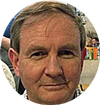

From: Gordon Gray, Powick, Worcs
Subject: Memories of the C-130 Hercules
Hi Tony,
Just less than a month ago, 30th May, at about 4pm, I was sat in the car outside our house, just switched on the ignition and the sight I witnessed through the windscreen epitomised the memorable instances of C-130 whilst on four years of MAMS, during a span of seven years nearly forty years ago. Those have been my submitted contributions to the monthly website, linked to RAF C-130 tasks during those years.
Well, with the car engine just ticking over, about to move off the drive, windows shut, imagine my view at less than three hundred yards away across the road in the large gap above and between the roofs of two houses, there was a C-130, banking hard over in a right turn, with the whole of it’s upper surface visible to me! It must have been very close to its' permissible low level flying height.
Where we live in Powick, only a few miles east of the Malvern Hills, is a long wide stretch of fairly unobstructed and uninterrupted low ground running SSW to NNE and, looking at an Ordnance Survey map, it does indicate the feasibility for such a manoeuvre. I doubt his path would have been on a flight plan for this?
I could never have caught this on camera or smart ‘phone even if I had been able to hear in advance his engines especially at his speed. Could it have been a 47 Sqdn crew returning from the ‘Mach Loop’ in Wales or up from Hereford way, on their own ‘Swan Song’ as there is frequent Chinook and Herc activity in our vicinity?
Suffice to say it really made my day; never to be forgotten and a fond memory, but few people I quizzed around here were witness to the incident! If one of the local pubs in the flight path, not open at that particular time, and had the punters there, it would surely have been a legendary tale to tell. I found nothing about this in the local news.
We’ll all miss old ‘Fat Albert’, generally fondly I’m sure.
Kind regards
Gordon
Subject: Memories of the C-130 Hercules
Hi Tony,
Just less than a month ago, 30th May, at about 4pm, I was sat in the car outside our house, just switched on the ignition and the sight I witnessed through the windscreen epitomised the memorable instances of C-130 whilst on four years of MAMS, during a span of seven years nearly forty years ago. Those have been my submitted contributions to the monthly website, linked to RAF C-130 tasks during those years.
Well, with the car engine just ticking over, about to move off the drive, windows shut, imagine my view at less than three hundred yards away across the road in the large gap above and between the roofs of two houses, there was a C-130, banking hard over in a right turn, with the whole of it’s upper surface visible to me! It must have been very close to its' permissible low level flying height.
Where we live in Powick, only a few miles east of the Malvern Hills, is a long wide stretch of fairly unobstructed and uninterrupted low ground running SSW to NNE and, looking at an Ordnance Survey map, it does indicate the feasibility for such a manoeuvre. I doubt his path would have been on a flight plan for this?
I could never have caught this on camera or smart ‘phone even if I had been able to hear in advance his engines especially at his speed. Could it have been a 47 Sqdn crew returning from the ‘Mach Loop’ in Wales or up from Hereford way, on their own ‘Swan Song’ as there is frequent Chinook and Herc activity in our vicinity?
Suffice to say it really made my day; never to be forgotten and a fond memory, but few people I quizzed around here were witness to the incident! If one of the local pubs in the flight path, not open at that particular time, and had the punters there, it would surely have been a legendary tale to tell. I found nothing about this in the local news.
We’ll all miss old ‘Fat Albert’, generally fondly I’m sure.
Kind regards
Gordon


From: Colin Eyre, Bridgend, Glamorgan
Subject: Memories of the C-130 Hercules
Hi Tony,
First memory of the C-130 was in Akrotiri in 1967, although as the passenger corporal on my shift I wasn’t allowed to go too near to it. I did however see my fair share between 1967 and 1973.
When loading, If my memory serves me correctly, the rule of thumb was 2/3rds in B and C and the rest down the back. But of course you could hardly forget 8 or 9 hours in side para seats. In December 1969 we were returning from Nairobi with a refuelling stop in Muharraq. It was here that the Captain said we would be going for a direct flight and so avoid having to refuel in Akrotiri. All well and good until 10½ hours into the flight we had to divert to Istres. When we landed we were told we had to stay on board. We eventually landed in Lyneham almost 15 hours after leaving Muharraq. I remember waking up in my own bed the following day with the droning noise thumping in my head.
There were only two minor incidents that come to mind. One was whilst coming home from Belize only to be told we were going to have to divert to Nassau. That was a shame as we had to put up with that for four days. I can’t recall the hotel we were in but I do know that “Ben Warry's Green Shutter Inn” was somewhere frequented. The other incident was when on a missile exchange one of the bloodhounds started to vent fumes that began to fill the cabin. The ramp was opened and the fumes were cleared. No harm done.
Best,
Colin
Subject: Memories of the C-130 Hercules
Hi Tony,
First memory of the C-130 was in Akrotiri in 1967, although as the passenger corporal on my shift I wasn’t allowed to go too near to it. I did however see my fair share between 1967 and 1973.
When loading, If my memory serves me correctly, the rule of thumb was 2/3rds in B and C and the rest down the back. But of course you could hardly forget 8 or 9 hours in side para seats. In December 1969 we were returning from Nairobi with a refuelling stop in Muharraq. It was here that the Captain said we would be going for a direct flight and so avoid having to refuel in Akrotiri. All well and good until 10½ hours into the flight we had to divert to Istres. When we landed we were told we had to stay on board. We eventually landed in Lyneham almost 15 hours after leaving Muharraq. I remember waking up in my own bed the following day with the droning noise thumping in my head.
There were only two minor incidents that come to mind. One was whilst coming home from Belize only to be told we were going to have to divert to Nassau. That was a shame as we had to put up with that for four days. I can’t recall the hotel we were in but I do know that “Ben Warry's Green Shutter Inn” was somewhere frequented. The other incident was when on a missile exchange one of the bloodhounds started to vent fumes that began to fill the cabin. The ramp was opened and the fumes were cleared. No harm done.
Best,
Colin


From: Ian Berry, Eastleaze, Swindon, Wilts
Subject: Memories of the C-130 Hercules
Tony,
Memories of the C130? So many and not enough time to be selective. I first started working on them in 1968 in El Adem. From there to Nicosia and eventually Lyneham. I never got to fly in one until joining UKMAMS at Abingdon and then getting a ride on XV301 from Calgary back to Lyneham. Over the years I managed to fly in 57 of the 66 airframes.
I've heard the dreaded bells "in-flight" and endured aborted take-offs and engine failures. Always felt safe in the old girls though. Low level, TAC landings and rough strips too. I've flown into so many countries in the back of one I've lost count - well, not really, thanks to a log book! When I left Lyneham for the last time in 2003 I had logged over 2,000+ hours in them... and one in a J Model!
Goodbye old friend...
Subject: Memories of the C-130 Hercules
Tony,
Memories of the C130? So many and not enough time to be selective. I first started working on them in 1968 in El Adem. From there to Nicosia and eventually Lyneham. I never got to fly in one until joining UKMAMS at Abingdon and then getting a ride on XV301 from Calgary back to Lyneham. Over the years I managed to fly in 57 of the 66 airframes.
I've heard the dreaded bells "in-flight" and endured aborted take-offs and engine failures. Always felt safe in the old girls though. Low level, TAC landings and rough strips too. I've flown into so many countries in the back of one I've lost count - well, not really, thanks to a log book! When I left Lyneham for the last time in 2003 I had logged over 2,000+ hours in them... and one in a J Model!
Goodbye old friend...
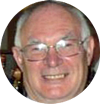
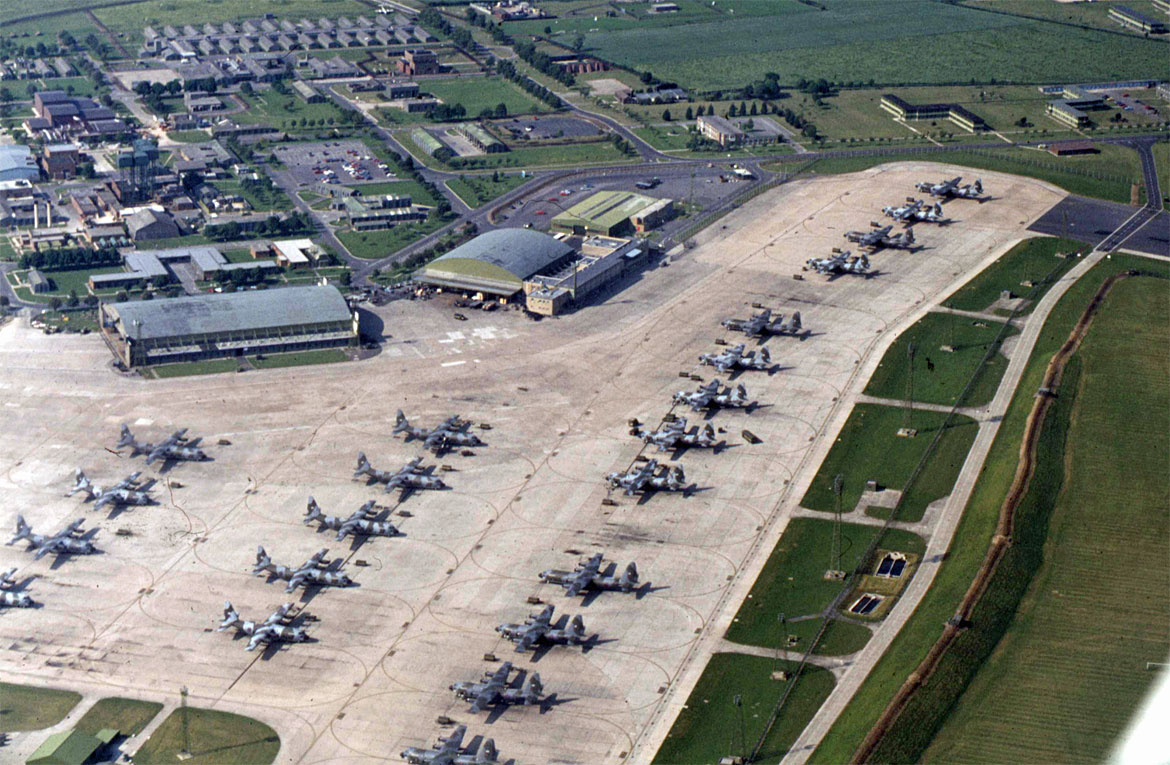

Crews who flew C-130J Hercules pay tribute to RAF's 'Swiss Army Knife'

From: Chas Clark, Sprucedale, ON
Subject: C130J
Hi Tony,
I was on the Logistic procurement team for buying the C130J with 2 engineers, Bev Woodcock and Chris Pye. Halfway through the program and after many trips to Marietta we had a meeting with the MoD Procurement team to finalize where we were on the program and assess the costs that were emerging from Lockheed. The Chairman was just about to close the meeting when I asked why there were no Role Equipment cost provisions. The reply was there was no need as we could use all our existing role equipment that was used on our present fleet of Hercules. So I asked if were going to convert the J floor like we had converted the original C130s at Marshall's to enable our role equipment to fit. Oops! 21 sets of new role equipment purchases were quickly approved along with a conversion program for the rest.
Just an aside. Earlier, we were at Lockheed for 2 weeks when the new CSDE Sqn Ldr arrived and he had just moved into his civilian rental which had a really nice swimming pool. He invited us to a BBQ for the following weekend and told us to bring swimming gear as he was going to fill his pool starting that evening with his garden hose. When we arrived for the BBQ he was a bit red-faced as after a week of filling, the depth was only over our knees. Apparently, the locals called a water tanker to fill their pools after the winter to save time.
It was a proud moment when we attended the first roll-out of our C130J as we knew it was going to be a great workhorse for the transport fleet.
Regards,
Chas
Subject: C130J
Hi Tony,
I was on the Logistic procurement team for buying the C130J with 2 engineers, Bev Woodcock and Chris Pye. Halfway through the program and after many trips to Marietta we had a meeting with the MoD Procurement team to finalize where we were on the program and assess the costs that were emerging from Lockheed. The Chairman was just about to close the meeting when I asked why there were no Role Equipment cost provisions. The reply was there was no need as we could use all our existing role equipment that was used on our present fleet of Hercules. So I asked if were going to convert the J floor like we had converted the original C130s at Marshall's to enable our role equipment to fit. Oops! 21 sets of new role equipment purchases were quickly approved along with a conversion program for the rest.
Just an aside. Earlier, we were at Lockheed for 2 weeks when the new CSDE Sqn Ldr arrived and he had just moved into his civilian rental which had a really nice swimming pool. He invited us to a BBQ for the following weekend and told us to bring swimming gear as he was going to fill his pool starting that evening with his garden hose. When we arrived for the BBQ he was a bit red-faced as after a week of filling, the depth was only over our knees. Apparently, the locals called a water tanker to fill their pools after the winter to save time.
It was a proud moment when we attended the first roll-out of our C130J as we knew it was going to be a great workhorse for the transport fleet.
Regards,
Chas

From: Allan Walker, Burnley, Lancs
Subject: Memories of the C130 Hercules
Hi Tony,
“Herky Bird”, “Herc” “C130”, “Fat Albert” are a few of the favourite names of this magnificent aircraft.
Three of my best memories of this aircraft did not occur whilst on UKMAMS, but when I was OC Airportability, JATE, at RAF Brize Norton. The First was when we were enroute to visit the McDonnell Douglas factory in Marietta Georgia to see the "Stretched" RAF C130 programme in action. The Captain diverted so that could see the Grand Canyon. Not only did we see it in all its glory, but had the exhilerating experience of actually flying below the edge of the canyon following the river below.
The second was when we were tasked to load an FV180 Combat Engineer Tractor weighing 38,000lb and a height of 2.62m into a C130. As the height was critical it was necessary to “Tip” the aircraft. This entailed partially loading the vehicle onto the ramp, then by using the ramp hand pump, raise the front of the aircraft so that the floor and ramp were level allowing the vehicle to be winched into the aircraft. The trial was filmed by our resident photographer.
The first part of the exercise went well and the ramp was slowly pumped up. However, at this stage a problem developed, but this was eventually sorted and the vehicle was successfully loaded. The aircraft finally settled onto it's nose wheel without any problem.
When the film was replayed it was discovered that the photographer had forgotten that the sound recorder was still live and he was heard to comment as the problem occurred, “This is where it f****ed up last time!” As the film was being sent to MoD, some skillful editing was required.
My Third was being in the cockpit of a C130 when carrying out Ultra Low Level Air Drop (ULLAD) trials. This involved releasing a fully loaded Heavy Drop Platform from a height of 15 feet above the ground in a very short distance. As the aircraft flew straight and level the pilot had no problem in with the control column. However, as the load left the aircraft the control column suddenly went in all directions. The Pilot’s comment was “It was like stirring porridge”. A really great experience.
Although the aircraft was noisy, smelly and uncomfotable at times, particularly crossing "The Pond" I have many fond memories of loading both the original and "stretched" versions.
Yours aye,
Allan
Subject: Memories of the C130 Hercules
Hi Tony,
“Herky Bird”, “Herc” “C130”, “Fat Albert” are a few of the favourite names of this magnificent aircraft.
Three of my best memories of this aircraft did not occur whilst on UKMAMS, but when I was OC Airportability, JATE, at RAF Brize Norton. The First was when we were enroute to visit the McDonnell Douglas factory in Marietta Georgia to see the "Stretched" RAF C130 programme in action. The Captain diverted so that could see the Grand Canyon. Not only did we see it in all its glory, but had the exhilerating experience of actually flying below the edge of the canyon following the river below.
The second was when we were tasked to load an FV180 Combat Engineer Tractor weighing 38,000lb and a height of 2.62m into a C130. As the height was critical it was necessary to “Tip” the aircraft. This entailed partially loading the vehicle onto the ramp, then by using the ramp hand pump, raise the front of the aircraft so that the floor and ramp were level allowing the vehicle to be winched into the aircraft. The trial was filmed by our resident photographer.
The first part of the exercise went well and the ramp was slowly pumped up. However, at this stage a problem developed, but this was eventually sorted and the vehicle was successfully loaded. The aircraft finally settled onto it's nose wheel without any problem.
When the film was replayed it was discovered that the photographer had forgotten that the sound recorder was still live and he was heard to comment as the problem occurred, “This is where it f****ed up last time!” As the film was being sent to MoD, some skillful editing was required.
My Third was being in the cockpit of a C130 when carrying out Ultra Low Level Air Drop (ULLAD) trials. This involved releasing a fully loaded Heavy Drop Platform from a height of 15 feet above the ground in a very short distance. As the aircraft flew straight and level the pilot had no problem in with the control column. However, as the load left the aircraft the control column suddenly went in all directions. The Pilot’s comment was “It was like stirring porridge”. A really great experience.
Although the aircraft was noisy, smelly and uncomfotable at times, particularly crossing "The Pond" I have many fond memories of loading both the original and "stretched" versions.
Yours aye,
Allan


A new member who has joined us recently:
Welcome to the OBA!
Con Maros, Adelaide, SA (Honorary)

Former RAF chiefs call scrapping of Hercules 'perverse' in joint letter
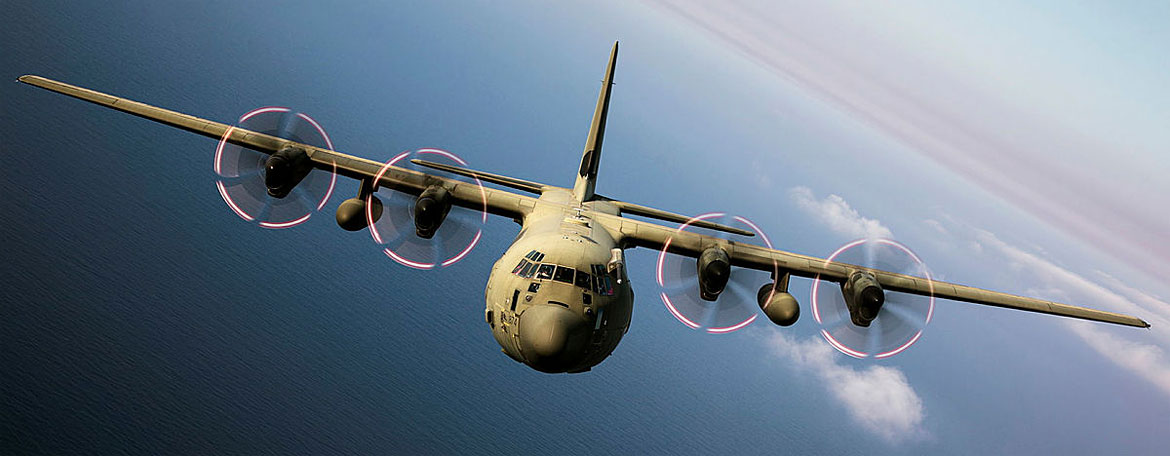
As the RAF mounted a farewell flypast for the C-130J Hercules aircraft, former RAF chiefs and other top commanders have condemned the decision to replace the transport aircraft with the larger Airbus A400M as "perverse", with its retirement resulting in a capacity gap – especially for Special Forces.
Writing a joint letter in The Times, Air Chief Marshal Sir Richard Johns, Sir Gerald Howarth and Air Commodore (Ret'd) Graham Pitchfork, along with other senior military figures, said of the "many cuts to our Armed Forces in recent years, one of the most perverse is the disposal of the RAF's remaining 14 C-130 transport aircraft". Their letter added: "At a time of great international tension, the decision to remove a proven and effective workhorse is extraordinary."
They cited the example of other countries, like France and Germany, who also own the Airbus A400M, but are conversely trying to buy more C-130s, not "ditching" them. Their concerns have been echoed by both Air Marshal Sir Richard Knighton, the new Chief of the Air Staff and the chair of the Defence Select Committee, Tobias Ellwood.
Mr Ellwood said: "I hear you (the Government) say you can't comment on Special Forces, the trouble is that you are dealing with procurement and removing an asset which will affect Special Forces (SF). We know it'll affect Special Forces because we've been told so."
An earlier report by Sky News found the A400M has yet to be cleared to perform all the "niche functions" of the C-130J in special forces missions, including dropping a boat out of the back of a plane for hostage rescue missions at sea.
The Atlas can carry 116 soldiers, 24 more than the C-130J Hercules and also has an increased payload of 37,000kg, compared to the C-130's capacity of 19,050kg.
Fifteen nations are interested in buying RAF Hercules aircraft – eleven of which are NATO members.
forces.net
Writing a joint letter in The Times, Air Chief Marshal Sir Richard Johns, Sir Gerald Howarth and Air Commodore (Ret'd) Graham Pitchfork, along with other senior military figures, said of the "many cuts to our Armed Forces in recent years, one of the most perverse is the disposal of the RAF's remaining 14 C-130 transport aircraft". Their letter added: "At a time of great international tension, the decision to remove a proven and effective workhorse is extraordinary."
They cited the example of other countries, like France and Germany, who also own the Airbus A400M, but are conversely trying to buy more C-130s, not "ditching" them. Their concerns have been echoed by both Air Marshal Sir Richard Knighton, the new Chief of the Air Staff and the chair of the Defence Select Committee, Tobias Ellwood.
Mr Ellwood said: "I hear you (the Government) say you can't comment on Special Forces, the trouble is that you are dealing with procurement and removing an asset which will affect Special Forces (SF). We know it'll affect Special Forces because we've been told so."
An earlier report by Sky News found the A400M has yet to be cleared to perform all the "niche functions" of the C-130J in special forces missions, including dropping a boat out of the back of a plane for hostage rescue missions at sea.
The Atlas can carry 116 soldiers, 24 more than the C-130J Hercules and also has an increased payload of 37,000kg, compared to the C-130's capacity of 19,050kg.
Fifteen nations are interested in buying RAF Hercules aircraft – eleven of which are NATO members.
forces.net

End of an era - RAF flies workhorse C-130J Hercules for final time


63 Years Ago Today The Avro/Hawker Siddeley HS 748 made its First Flight
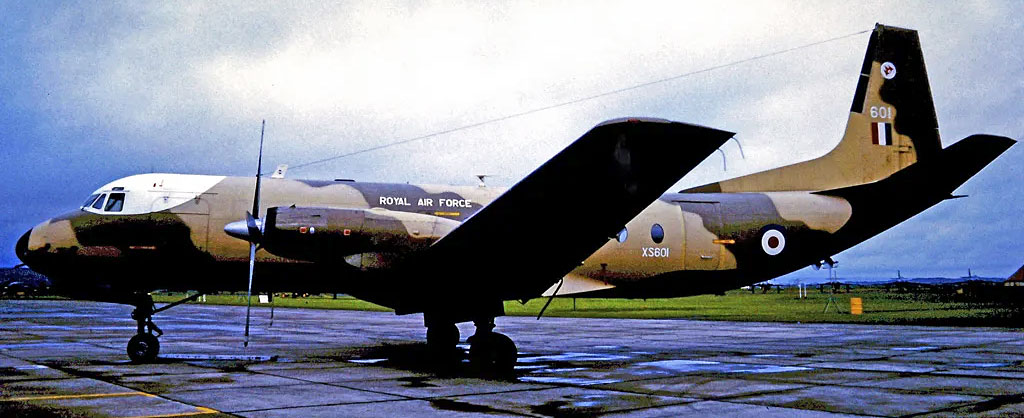
Sixty-three years ago today, on June 24th, 1960, the Avro 748 (Later renamed the Hawker Siddeley HS 748) took flight for the very first time. The mid-sized turboprop aircraft was initially designed and produced by the British manufacturer Avro, which Hawker Siddeley later absorbed.
The Concept - The idea was conceived during the 1950s when Avro wanted to create a versatile commercial aircraft that was capable of performing regional flights. The company aimed to introduce an aircraft capable of replacing the DC-3 aircraft type, which was around three decades old by that point. Manufacturers envisaged an aircraft capable of carrying anywhere between 44 and 52 passengers in a pressurized and air-conditioned cabin. Rolls-Royce's Dart turboprop engines were chosen as the power plants for this aircraft in order to provide better performance.
Another key performance enhancement that the manufacturers were keen on implementing was Short Take Off and Landing (STOL) capabilities to maximize the aircraft's operational versatility.
On June 24th, 1960, the Avro 748 performed its maiden flight, and the type soon validated its short-field performance, a unique selling point the manufacturers wished to offer its customers. The first Avro 748 Series 1 aircraft was delivered to the launch customer, Skyways Coach-Air Limited, in April 1962.
In 1963, Hawker Siddeley absorbed Avro, and during this process, the Avro 748 was rechristened as the HS 748.
Variants and upgrades - As with any successful aircraft, the 748 sold reasonably well; soon, work began on developing the 748 Series 2, which would equip the aircraft with more powerful engines and thus increase the gross weight of the aircraft compared to the Series 1 aircraft. Throughout the 1960s and the 1970s, two more variants of Series 2 would be produced (2a and 2b), each improving on the previous model.
The HS 780 'Andover' was a variant of the 748, which was created for the British Royal Air Force (RAF). This model was designed with a loading ramp at the aircraft's rear, facilitated by giving the aircraft an upswept rear fuselage. Capable of transporting 48 troops or 40 paratroops, the RAF could utilize the Andover as a tactical transporter. Furthermore, it can carry passengers seated on the floor or in stretchers for emergency evacuation situations.
The HAL 748 - The Indian Ministry of Defense, having expressed interest in the 748 early on, was permitted to assemble and build the aircraft domestically. However, due to poor production speeds, the process was taken over by Hindustan Aeronautics Limited (HAL), and thus began, the production of the HAL 748.
Out of the many examples of the 748 that were built, 89 of them were manufactured in India by the HAL, marking the significant milestone of the first Indian Built Aircraft type. While the Indian Air Force operated the HAL 748, the now-defunct Indian Airlines were also operators of the type.
Major operators - Production of the 748 ceased in 1988, by which time 381 aircraft of the type were manufactured and were in service with 79 operators in 50 countries around the world.
Significant operators included airlines such as Aerolineas Argentinas, VARIG, Philippine Airlines, and Thai Airways. The aircraft was also used for military purposes by the RAF, Indian Air Force, Brazilian Air Force, and the Royal Australian Air Force.
Source: Airwaysmag, BAE Systems.
The Concept - The idea was conceived during the 1950s when Avro wanted to create a versatile commercial aircraft that was capable of performing regional flights. The company aimed to introduce an aircraft capable of replacing the DC-3 aircraft type, which was around three decades old by that point. Manufacturers envisaged an aircraft capable of carrying anywhere between 44 and 52 passengers in a pressurized and air-conditioned cabin. Rolls-Royce's Dart turboprop engines were chosen as the power plants for this aircraft in order to provide better performance.
Another key performance enhancement that the manufacturers were keen on implementing was Short Take Off and Landing (STOL) capabilities to maximize the aircraft's operational versatility.
On June 24th, 1960, the Avro 748 performed its maiden flight, and the type soon validated its short-field performance, a unique selling point the manufacturers wished to offer its customers. The first Avro 748 Series 1 aircraft was delivered to the launch customer, Skyways Coach-Air Limited, in April 1962.
In 1963, Hawker Siddeley absorbed Avro, and during this process, the Avro 748 was rechristened as the HS 748.
Variants and upgrades - As with any successful aircraft, the 748 sold reasonably well; soon, work began on developing the 748 Series 2, which would equip the aircraft with more powerful engines and thus increase the gross weight of the aircraft compared to the Series 1 aircraft. Throughout the 1960s and the 1970s, two more variants of Series 2 would be produced (2a and 2b), each improving on the previous model.
The HS 780 'Andover' was a variant of the 748, which was created for the British Royal Air Force (RAF). This model was designed with a loading ramp at the aircraft's rear, facilitated by giving the aircraft an upswept rear fuselage. Capable of transporting 48 troops or 40 paratroops, the RAF could utilize the Andover as a tactical transporter. Furthermore, it can carry passengers seated on the floor or in stretchers for emergency evacuation situations.
The HAL 748 - The Indian Ministry of Defense, having expressed interest in the 748 early on, was permitted to assemble and build the aircraft domestically. However, due to poor production speeds, the process was taken over by Hindustan Aeronautics Limited (HAL), and thus began, the production of the HAL 748.
Out of the many examples of the 748 that were built, 89 of them were manufactured in India by the HAL, marking the significant milestone of the first Indian Built Aircraft type. While the Indian Air Force operated the HAL 748, the now-defunct Indian Airlines were also operators of the type.
Major operators - Production of the 748 ceased in 1988, by which time 381 aircraft of the type were manufactured and were in service with 79 operators in 50 countries around the world.
Significant operators included airlines such as Aerolineas Argentinas, VARIG, Philippine Airlines, and Thai Airways. The aircraft was also used for military purposes by the RAF, Indian Air Force, Brazilian Air Force, and the Royal Australian Air Force.
Source: Airwaysmag, BAE Systems.

From: Colin Eyre, Bridgend, Glamorgan
Subject: Diverse Tasking
Hi Tony,
Historians out there may wish to correct me, but in the meantime I would like to claim that this was the first and possibly only time that a MAMS team went behind the iron curtain. In 1970, there had been heavy flooding in Romania and a call had come in for a team to go on a flight taking out flood relief supplies. I was part of the training team which consisted of Flt Lt Norrie Radcliffe, WO Roy Brocklebank and yours truly. The squadron must have been heavily tasked and we must have been the last resort and so we were invited to do this one off. Rocky Knowles must have been loitering in the crew room so he came along with us.
It was a quick dash home to get an overnight bag then a quick dash to Brize where the aircraft was ready to go. We went from Brize to Biggen Hill. We were met with lorries carrying boxes of baby food. There were no handling aids so we had to build the pallets onboard. Brize movers had loaded the empty pallet bases but after we had built the first pallet we discovered there were no nets. We did however have a resourceful leader who managed to acquire some.
We took off for Bucharest where we landed in the late evening. We were met by the military attaché and a couple of diesel belching trucks. Again we had to offload everything by hand. After the aircraft was locked up there were cars waiting to take us to the military attaché's house. His wife had laid on a lovely spread and there was plenty of beer. It was a really pleasant evening and so interesting talking to both him and his wife (can’t say too much due to the official secrets act!).
When we left to go to our hotel, we were told that our driver “worked for the other side”. At the hotel we had to hand over our passports so I suspect there is file with our names on it in the Moscow archives. The following morning the same driver was there to take us to the airport. We didn’t see too much of the city but we did see water carts washing the cobbles. At the airport one of the embassy staff had asked the captain if we could take his car with us. No problem except it had a full fuel tank so a hose was found and a volunteer was required to drain off some of the fuel. That was done so home we went.
Regards
Colin
Subject: Diverse Tasking
Hi Tony,
Historians out there may wish to correct me, but in the meantime I would like to claim that this was the first and possibly only time that a MAMS team went behind the iron curtain. In 1970, there had been heavy flooding in Romania and a call had come in for a team to go on a flight taking out flood relief supplies. I was part of the training team which consisted of Flt Lt Norrie Radcliffe, WO Roy Brocklebank and yours truly. The squadron must have been heavily tasked and we must have been the last resort and so we were invited to do this one off. Rocky Knowles must have been loitering in the crew room so he came along with us.
It was a quick dash home to get an overnight bag then a quick dash to Brize where the aircraft was ready to go. We went from Brize to Biggen Hill. We were met with lorries carrying boxes of baby food. There were no handling aids so we had to build the pallets onboard. Brize movers had loaded the empty pallet bases but after we had built the first pallet we discovered there were no nets. We did however have a resourceful leader who managed to acquire some.
We took off for Bucharest where we landed in the late evening. We were met by the military attaché and a couple of diesel belching trucks. Again we had to offload everything by hand. After the aircraft was locked up there were cars waiting to take us to the military attaché's house. His wife had laid on a lovely spread and there was plenty of beer. It was a really pleasant evening and so interesting talking to both him and his wife (can’t say too much due to the official secrets act!).
When we left to go to our hotel, we were told that our driver “worked for the other side”. At the hotel we had to hand over our passports so I suspect there is file with our names on it in the Moscow archives. The following morning the same driver was there to take us to the airport. We didn’t see too much of the city but we did see water carts washing the cobbles. At the airport one of the embassy staff had asked the captain if we could take his car with us. No problem except it had a full fuel tank so a hose was found and a volunteer was required to drain off some of the fuel. That was done so home we went.
Regards
Colin


From: Ian Berry, Eastleaze, Swindon, Wilts
Subject: Diverse Tasking
Tony,
The only Diverse Task I recall was being sent to HQSTC High Wycombe for a week or two with Dixie Dean. We were employed in the "hole" and had the task of inputting all kinds of stats and data of the classified kind into one of those new-fangled computer things…
Ian
Subject: Diverse Tasking
Tony,
The only Diverse Task I recall was being sent to HQSTC High Wycombe for a week or two with Dixie Dean. We were employed in the "hole" and had the task of inputting all kinds of stats and data of the classified kind into one of those new-fangled computer things…
Ian


From: Allan Walker, Burnley, Lancs
Subject: Diverse Tasking
Good evening, Tony,
In addition to Standby Teams being made available to Group HQ , at Home they were responsible for delivering messages to wives if the Team were delayed. These had to be signed by the Ops Officer.
On one occasion our Admin Clerk advised me that we had run out of these “chittys” and as Ops Officer I asked him to produce a new batch. The first of the new batch had been duly signed by myself and delivered to the families.
Within minutes of their return to HQ I had an irate phone call from one of the Team Leader's wives asking what I meant by sending out such a message. This particular wife always gave the delivery standby team grief no matter what the news was. On reading the message discovered that it read as follows: “Dear Mrs ..., I am pleased to inform you that your husband had been delayed. We will …. etc.” instead of “Dear Mrs ..., I regret to inform you that your husband had been delayed. We will … etc”.
To this day I am not sure whether this was a deliberate action by our Admin Clerk or a genuine mistake. The moral of this story is to double check any piece of paper put in front of you before signing it.
Yours aye,
Allan
ps. I can still remember both the Team Leader and the Admin Clerk’s name but I am bound to protect their anonymity. I am sure that many members who knew me as Ops Officer will know who I am talking about.
Subject: Diverse Tasking
Good evening, Tony,
In addition to Standby Teams being made available to Group HQ , at Home they were responsible for delivering messages to wives if the Team were delayed. These had to be signed by the Ops Officer.
On one occasion our Admin Clerk advised me that we had run out of these “chittys” and as Ops Officer I asked him to produce a new batch. The first of the new batch had been duly signed by myself and delivered to the families.
Within minutes of their return to HQ I had an irate phone call from one of the Team Leader's wives asking what I meant by sending out such a message. This particular wife always gave the delivery standby team grief no matter what the news was. On reading the message discovered that it read as follows: “Dear Mrs ..., I am pleased to inform you that your husband had been delayed. We will …. etc.” instead of “Dear Mrs ..., I regret to inform you that your husband had been delayed. We will … etc”.
To this day I am not sure whether this was a deliberate action by our Admin Clerk or a genuine mistake. The moral of this story is to double check any piece of paper put in front of you before signing it.
Yours aye,
Allan
ps. I can still remember both the Team Leader and the Admin Clerk’s name but I am bound to protect their anonymity. I am sure that many members who knew me as Ops Officer will know who I am talking about.

The HS 780 'Andover' was a variant of the 748 built for the Royal Air Force. In
addition to a rear freight door and ramp, it had the capability of kneeling
addition to a rear freight door and ramp, it had the capability of kneeling

Beverley left to rot on the banks of the Humber
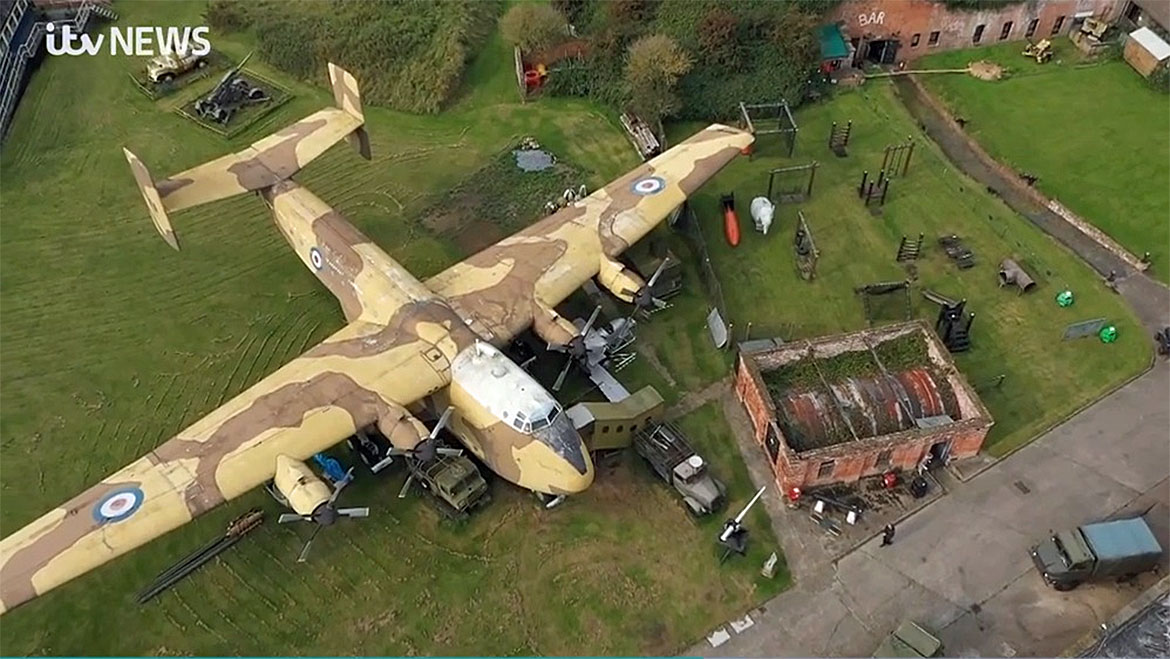
Historic aircraft left to deteriorate on the bank of the Humber Estuary
The future of a historic aircraft left to fall into decay on the banks of the Humber Estuary hangs in the balance. The Blackburn Beverley used to be one of the world's largest military planes but now sits alone at the closed Fort Paull Museum.
Martyn Wiseman, Managing Director of Condor Aviation, paid £21,000 for the plane, but said the sum to transport the craft continues to grow while financial help dwindles. He told ITV News, "We're absolutely desperate. We're still keen to save it if we can, but its getting progressively more difficult." He added, "We've offered it to every museum in the country for free, we don't expect to get our money back, it was done to save the aircraft. A lot of people talk but no one will actually come up with the goods."
The 35 tonne machine was once flown by the late Duke of Edinburgh in 1956 before its military career ended in 1974. Martyn worries that if help is not offered in the next 12 months it could be scrapped.
ITV News/Grimsby News
Martyn Wiseman, Managing Director of Condor Aviation, paid £21,000 for the plane, but said the sum to transport the craft continues to grow while financial help dwindles. He told ITV News, "We're absolutely desperate. We're still keen to save it if we can, but its getting progressively more difficult." He added, "We've offered it to every museum in the country for free, we don't expect to get our money back, it was done to save the aircraft. A lot of people talk but no one will actually come up with the goods."
The 35 tonne machine was once flown by the late Duke of Edinburgh in 1956 before its military career ended in 1974. Martyn worries that if help is not offered in the next 12 months it could be scrapped.
ITV News/Grimsby News

From: David Powell, Princes Risborough, Bucks
Subject: Missing Presumed in Hiding
Hi Tony,
Could you please include a short note in the next Newsletter advising that due to weird circumstances John Lewis Broadband have pulled the plug on my email handle of david.powell@waitrose.com (as well as the rest of the waitrose.com community) and I am now contactable on davidpowell.gateways@gmail.com
Meanwhile, I must apologize to all those who have been desperately trying to contact me (two actually, one of whom I still owe £10), concerned about my sudden unexplained disappearance from our alternative universe.
Best Wishes,
David Powell F Team UKMAMS 1967-69
Subject: Missing Presumed in Hiding
Hi Tony,
Could you please include a short note in the next Newsletter advising that due to weird circumstances John Lewis Broadband have pulled the plug on my email handle of david.powell@waitrose.com (as well as the rest of the waitrose.com community) and I am now contactable on davidpowell.gateways@gmail.com
Meanwhile, I must apologize to all those who have been desperately trying to contact me (two actually, one of whom I still owe £10), concerned about my sudden unexplained disappearance from our alternative universe.
Best Wishes,
David Powell F Team UKMAMS 1967-69
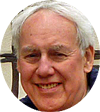

From: Chris Goss, Marlow, Bucks
Subject: Some Photographs in my Collection of the C-130 Hercules
Hi Tony,
In my post-service career of being an author on military aircraft, I'm offering a sampling of my collection of photographs for inclusion in your Memories of the C-130 Hercules edition.
Best regards
Chris
Subject: Some Photographs in my Collection of the C-130 Hercules
Hi Tony,
In my post-service career of being an author on military aircraft, I'm offering a sampling of my collection of photographs for inclusion in your Memories of the C-130 Hercules edition.
Best regards
Chris
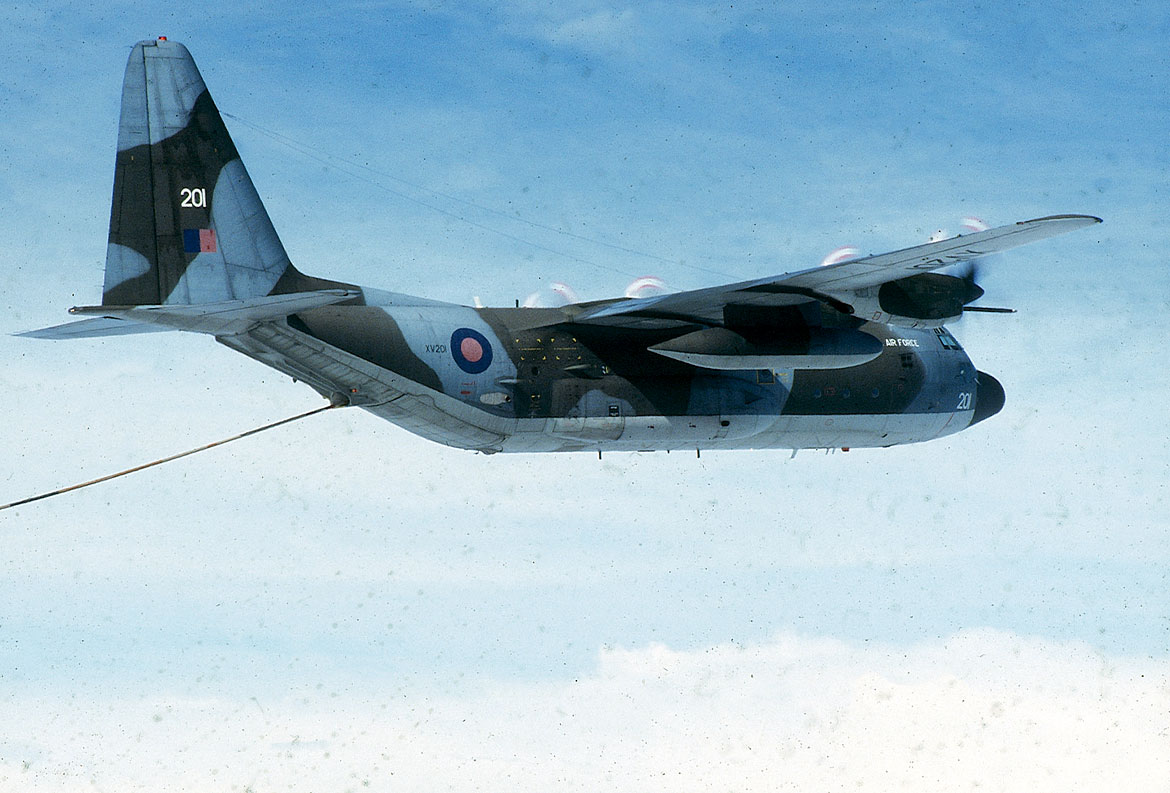


From: David Powell, Princes Risborough, Bucks
Subject: Memories of the C-130 Hercules
Hi Tony,
Thanks for the call for early Hercules memories and an excuse to reminisce with the old log book. In fact my (and probably F Team’s) first C130 task was 14/15 November 1967. What’s more it wasn’t with a Hercules but a pair of USAF C130 E, 7845 and 7793, of the 37th TCS, with two return runs from Colerne to Keevil on Exercise Jigsaw 4/5. The task was to try out the proposed JATE tie down scheme for a 105 Field Gun, presumably before risking one of our brand new C130s. . Still a vivid memory. On the first run, flying low level, the turbulence caused the gun to start doing airborne press-ups. We just piled in and started adding more chains to whatever and wherever we could until the beast was subdued.
Our first of what would be many RAF C130 tasks was with 36 Sqn and 181 for a seven leg Gutersloh – Newcastle/Aclington shuttle of !8 Sqn Helicopter support equipment. As previously told, the main excitement was the arrival at Newcastle Airport where we were met with an HM Customs Rummage team, armed with crow bars and wanting to do a strip down search of our brand new Hercules. That was sorted by inviting the head rummager to sign for our country’s mega million brand new aircraft so that the slightest dent or scratch could be charged to him Also, I wasn’t happy with his team’s steel studied boots so would they kindly please go and find and put on some Wellingtons or pad around in their socks. Finally, as the load was returning very well used UK kit and not new imports, perhaps they could put away the Customs Import Duty paperwork! Exit one disappointed rummage team. The following year, and I logged my shortest ever flight in anything: from RAF Eastleigh across the road to Embakazi, Nairobi International to fuel for the run back to RAF Fairford, the initial home of the tactical cow-pooh brown C130 squadrons. At the time RAF Lyneham was still very much the home of the upmarket polished Comet 4C and Britannia fleets.
A couple of early C-130 stories: first, and it must be true because I heard it in the bar at RAF Abingdon. A Herc was doing a local training run and a couple of WRAF lasses were invited along for the ride. For those unfamiliar with the finer points of Herc-Ops, it should be noted the lavatorial facilities were provided by a sort of fold way Elsan contraption affixed to one side of the rear fuselage which came complete with tactical grey modesty curtain. Anyway, one of the passengers excited by the low-level flight needed to make use of the on-board facilities and duly disappeared behind the curtain. Oh dear, somebody should have explained to her the difference between the stowed away position and the extended before use lowered position. Because the next event was an almighty crash as the loo assumed (and this before AI) that an alternative setting (or sitting) mode was required, followed by the unexpected and unplanned summersaulting appearance of the young lady through the curtain with her knickers round her ankles. Which is why for their early years, the C-130 was a strictly men only operating environment.
Another early learning memory of the C-130 which did involve UKMAMS was using the sort of 4-poster bed contraption aka the Trianco Transfer Unloader, in order to collect or deliver a large box requiring the aircraft ramp to be in the horizontal position. With skill and planning one could position the Trianco so that as the load slid across, the airframe would drop just a few millimeters; just sufficient for the one end of the 4-poster to puncture two neat holes in fuselage skin. And, if the MAMS Team were really clever, you could arrange to have the two puncture holes each in the middle of the two patches where the aircraft had been repaired after your previous week’s handiwork. Not that F Team ever got caught out by that Herc trap!
Stay Safe, Have Fun!
David
Subject: Memories of the C-130 Hercules
Hi Tony,
Thanks for the call for early Hercules memories and an excuse to reminisce with the old log book. In fact my (and probably F Team’s) first C130 task was 14/15 November 1967. What’s more it wasn’t with a Hercules but a pair of USAF C130 E, 7845 and 7793, of the 37th TCS, with two return runs from Colerne to Keevil on Exercise Jigsaw 4/5. The task was to try out the proposed JATE tie down scheme for a 105 Field Gun, presumably before risking one of our brand new C130s. . Still a vivid memory. On the first run, flying low level, the turbulence caused the gun to start doing airborne press-ups. We just piled in and started adding more chains to whatever and wherever we could until the beast was subdued.
Our first of what would be many RAF C130 tasks was with 36 Sqn and 181 for a seven leg Gutersloh – Newcastle/Aclington shuttle of !8 Sqn Helicopter support equipment. As previously told, the main excitement was the arrival at Newcastle Airport where we were met with an HM Customs Rummage team, armed with crow bars and wanting to do a strip down search of our brand new Hercules. That was sorted by inviting the head rummager to sign for our country’s mega million brand new aircraft so that the slightest dent or scratch could be charged to him Also, I wasn’t happy with his team’s steel studied boots so would they kindly please go and find and put on some Wellingtons or pad around in their socks. Finally, as the load was returning very well used UK kit and not new imports, perhaps they could put away the Customs Import Duty paperwork! Exit one disappointed rummage team. The following year, and I logged my shortest ever flight in anything: from RAF Eastleigh across the road to Embakazi, Nairobi International to fuel for the run back to RAF Fairford, the initial home of the tactical cow-pooh brown C130 squadrons. At the time RAF Lyneham was still very much the home of the upmarket polished Comet 4C and Britannia fleets.
A couple of early C-130 stories: first, and it must be true because I heard it in the bar at RAF Abingdon. A Herc was doing a local training run and a couple of WRAF lasses were invited along for the ride. For those unfamiliar with the finer points of Herc-Ops, it should be noted the lavatorial facilities were provided by a sort of fold way Elsan contraption affixed to one side of the rear fuselage which came complete with tactical grey modesty curtain. Anyway, one of the passengers excited by the low-level flight needed to make use of the on-board facilities and duly disappeared behind the curtain. Oh dear, somebody should have explained to her the difference between the stowed away position and the extended before use lowered position. Because the next event was an almighty crash as the loo assumed (and this before AI) that an alternative setting (or sitting) mode was required, followed by the unexpected and unplanned summersaulting appearance of the young lady through the curtain with her knickers round her ankles. Which is why for their early years, the C-130 was a strictly men only operating environment.
Another early learning memory of the C-130 which did involve UKMAMS was using the sort of 4-poster bed contraption aka the Trianco Transfer Unloader, in order to collect or deliver a large box requiring the aircraft ramp to be in the horizontal position. With skill and planning one could position the Trianco so that as the load slid across, the airframe would drop just a few millimeters; just sufficient for the one end of the 4-poster to puncture two neat holes in fuselage skin. And, if the MAMS Team were really clever, you could arrange to have the two puncture holes each in the middle of the two patches where the aircraft had been repaired after your previous week’s handiwork. Not that F Team ever got caught out by that Herc trap!
Stay Safe, Have Fun!
David


From: Chris Goss, Marlow, Bucks
Subject: My Latest Literary Offering
Tony,
Readers might like to know that my 7th book in the series of British Military Aircraft of the 70s and 80s is due out soon and is about transport aircraft with a foreword written by Andy Spinks. I never realised how many types there were and how many photos I had (could have done 3 books) and all thanks to the late Dave Howley (thanks for the intro Ian Berry even though we never met after Dave Eggleton's funeral as the cancer took him very very quickly (and he never let on that to me)). Sample of some of the type-180 photos total and most in colour
Regards
Chris
PS. Still got no positive proof that Mark Attrill is actually married...
(Ed: For a listing of Chris's books on Amazon:
https://www.amazon.co.uk/Chris-Goss/e/B001JS0066/ref=aufs_dp_fta_dsk )
Subject: My Latest Literary Offering
Tony,
Readers might like to know that my 7th book in the series of British Military Aircraft of the 70s and 80s is due out soon and is about transport aircraft with a foreword written by Andy Spinks. I never realised how many types there were and how many photos I had (could have done 3 books) and all thanks to the late Dave Howley (thanks for the intro Ian Berry even though we never met after Dave Eggleton's funeral as the cancer took him very very quickly (and he never let on that to me)). Sample of some of the type-180 photos total and most in colour
Regards
Chris
PS. Still got no positive proof that Mark Attrill is actually married...
(Ed: For a listing of Chris's books on Amazon:
https://www.amazon.co.uk/Chris-Goss/e/B001JS0066/ref=aufs_dp_fta_dsk )
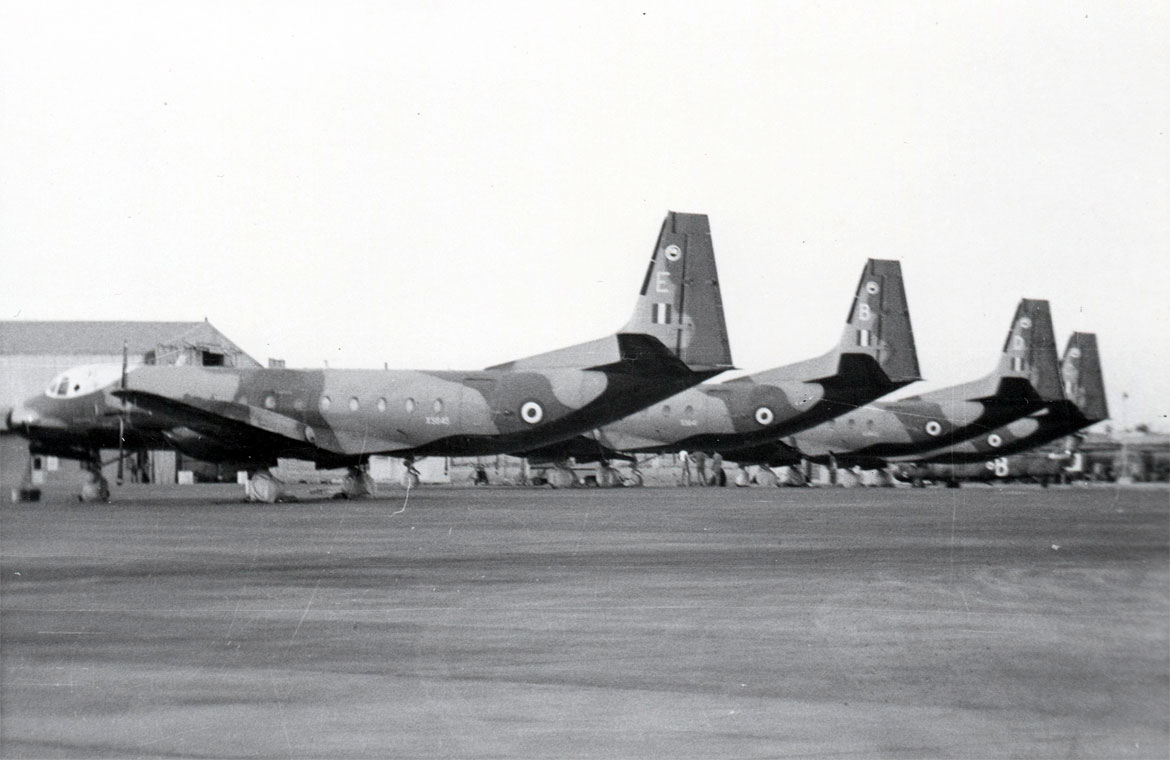
This Newsletter is Dedicated
to the Memories of
Michael Henderson (RCAF)
Mandy, wife of the late Terry Boothby (RAF)
to the Memories of
Michael Henderson (RCAF)
Mandy, wife of the late Terry Boothby (RAF)
Tony Gale
ukmamsoba@gmail.com
ukmamsoba@gmail.com







